Frank Meisler 1925 – 2018
When I first met Sarah she was living in Berlin. I was in Sussex, not far from Gatwick. EasyJet did quite well out of those months! One thing that we had in common was an interest European history, and in the Holocaust and the honourable if puny efforts to save people from it.
One thing that London and Berlin have in common are sculptures commemorating the Kindertransport – the international effort to get Jewish children out of Germany in the closing months before the war started. The harrowing Berlin sculpture has two ends: Trains to Life: Trains to Death. Two groups of children head in opposite directions, to hope in the West or to death in the East. The London sculpture shows a group of children looking around them on arrival, with a mixture of nervousness, of interest and of hope.
These sculptures are both the work of one man: Frank Meisler.
Frank Meisler was born to Jewish parents in Danzig (now Gdańsk, Poland) in 1925. In August 1939 he was evacuated with other children to London, where he lived with an aunt. His parents were murdered in Auchwitz.
Frank did National Service in the RAF, and then studied architecture at the University of Manchester. As an architect, he was involved in the early development of Heathrow Airport.
However, it is as a sculptor that he became best known. Moving to Israel in the 1950s, he opened a workshop and gallery in the Old City of Jaffa. His minutely detailed popular works often have an element of caricature about them; some were commissioned as gifts between heads of state, and many were (and are) bought by tourists with some serious money to spend on their memories of a visit to Israel.
Frank Meisler’s sculptures to commemorate the Kindertransport are his best-known public works, and he regarded them as his most important. As a child of the Kindertransport himself, he was uniquely placed to create sculptures which evoke the reality of the children who made that journey.
Photo: Frank Meisler on his 87th birthday (30 Dec. 2012) at the Studio Meisler Gallery
Photographed by Herbert Bishko, used under Creative Commons Licence
Frank Meisler created Kindertransport sculptures in five European cities – roughly representing key points on his own journey as a young teenager, put on a train by parents who he would never see again. As Sarah and I read more about the Kindertransport and about Frank’s sculptures she made an interesting suggestion: Why don’t we make a journey linking all the sculptures? And that is what we did, in 2015.
This blog is a stop gap… because I still need to produce the book of that journey! I can only post a relatively small number of images here – for a fuller collection, including images of the cities we visited on our route, please see my Facebook Page dedicated to Frank’s Kindertransport Sculptures.
Auschwitz
We began our journey by heading to southern Poland – to Kraków and its neighbour Oświęcim, site of the extermination camp known to the world as Auschwitz-Birkenau. We felt the need to establish in our minds what the Kindertransport was about by looking at its antithesis. I cannot put into words the dreadfulness of this place. Here are a few pictures.
Gdańsk
Gdańsk is a lovely city, well worth a visit in its own right. But our purpose in catching a fast train all the way north to the Baltic from Kraków was because this was Frank Meisler’s birthplace, and the starting point for our exploration of the Kindertransport sculptures.
The Gdańsk sculpture stands just alongside the main town railway station. It is called The Departure, and was unveiled in 2009. The children look scared and lost and serious. It is very hard to fathom the depths of grief and of desperate hope which their parents must have gone through as they put the children onto the trains. The proportion of the Kinder who never saw their parents again is very high.
Berlin - Bahnhof Friedrichstraße
It was the power and poignancy of the Frank Meisler Kindertransport sculpture at Friedrichstrasse Railway Station in Berlin that first got us thinking about this journey. We have seen the children here many times, and never without being moved by one of the bluntest and most direct works in the series. It doesn’t get more direct than “Trains to life: Trains to death”.
The groups are different in size. Four children go to their deaths; two catch a train westward to life. In reality some 1.6 million children died in the Holocaust; the Kindertransport saved about 10 thousand Jewish children. That is 160:1, not 4:2. But better 10 thousand than none.
Hamburg - Bahnhof Dammtor
At the time we planned our journey from Gdansk to London, we only knew of four sculptures. And there were only four – until the May before we travelled. It was Frank Meisler himself who told me of the new work in an email, completely throwing our plans. We managed to squeeze in a rapid out and back to Hamburg from Berlin the same day that we travelled from Gdansk! I doubt there are many others who have seen three of the sculptures on the same day.
The Hamburg statues are not where we initially expected – we spent some time searching outside the main station before realising that we needed to be at Dammtor Bahnhof across the bridge. But we made it, and saw Frank’s final work in the series, in order of their creation. The Final Parting (The Last Farewell in some texts) has a particularly powerful sense of the relationship between the children. While the Berlin statues are two groups with a great sense of the space between them, Hamburg is about the agony of separation. There is a tremendous sense of emotional connection. As you take in what’s going on, it’s hard to even look. The children are non-comprehending; so are we all.
Hoek van Holland
The last of the Kindertransport sculptures on the European continent is at Hoek van Holland, the ferry port that connects to Harwich, England. It is the only one of the works to incoporate printed text (aside from station names) – a newspaper in bronze sits under the suitcase of the little boy. While the other children look with anxious longing towards the UK, the lad seems lost in misery, or perhaps simply the exhaustion of travelling.
This is the only sculpture which you need to go out of your way to see. While the others are close to their respective railway stations, the Channel Crossing to Life set need a bit of a walk, rather than going straight from the train to your ferry. But you see them again as the ferry pulls out of the harbour.
London - Liverpool Street Station
And back to Blighty – or for the children of the Kindertransport, The Arrival – into a bewildering new world of social and linguistic challenges, which had to be surmounted in a warring country, at war with their own homeland, for many, and all while grieving the loss of parents and (for many) siblings and friends. The fact that so many of the Kinder did so well, rising to positions of considerable influence and significance within British society says much for the formative power of early upbringings, and (for many) the power of a life lived in gratitude.
The statues at Liverpool Street Station are located in a bustling terminus – probably the busiest position of any of Frank Meisler’s Kindertransport works. It’s appropriate – and those Jewish kids aren’t the only ones who arrive here feeling a bit bewildered! These pictures are those we actually took after midnight have got back from Harwich. British trains let us down as ever! We have passed the statues many times since, and taken many photos, but it is fitting that these, from our own Kindertransport memorial journey, should be posted here.
Frank Meisler's Kindertransport Sculptures
I’m so glad to have had the chance to have a brief correspondence with Frank Meisler before his death in 2018. He regarded these works as his most important; we regard them as exceptionally accessible works of art which bring the appalling contradictions of the Holocaust to life for new generations. They commemorate one little spark of hope, but in some ways the existence of such “Schindler-like” sparks only highlights the utter darkness of the backdrop. One of the great modern civilisations systematically, on a mechanised scale, on the basis of an explicit ideology, sought to eradicate whole people groups. And other countries, including my own, saw this coming and saved A HANDFUL of those destined for death.
This blog is by way of a reminder to myself of a commitment that I made to Marit Meisler, Frank’s daughter, to write up our travels properly. The sculptures stand alone as a worthy monument, but it behoves those who have seen them to point them out and make sure that people know what “these stones mean.”
Technical Information
To contact me to enquire about my photography – commissions or prints – use my Contact Form or just text (07983 787889) or email me at Andrew@AndrewKingPhotography.co.uk
Images by Andrew and Sarah King, copyright © Andrew King Photography except for the photo of Frank Meisler, by Herbert Bishko, under Creative Commons licence.

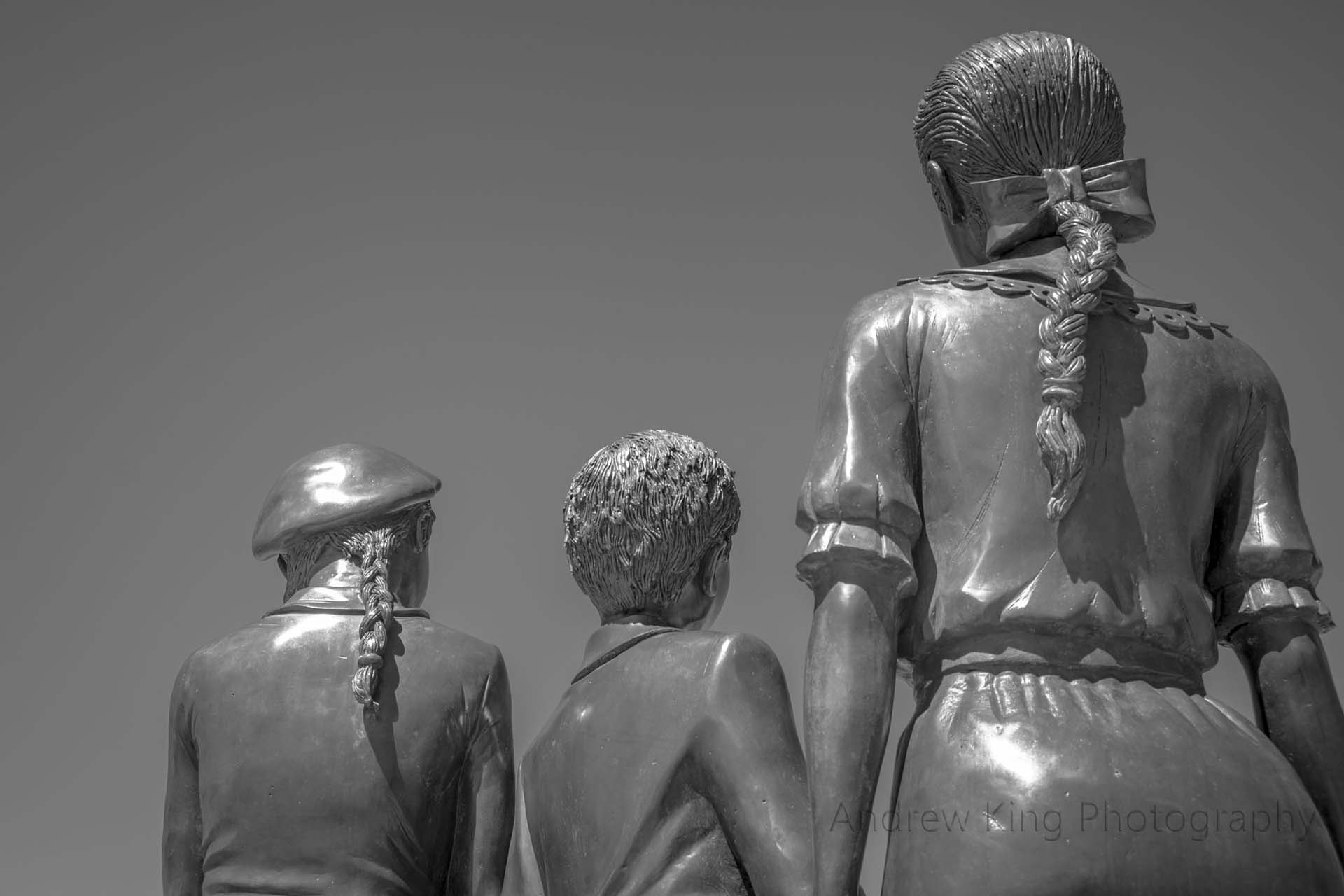
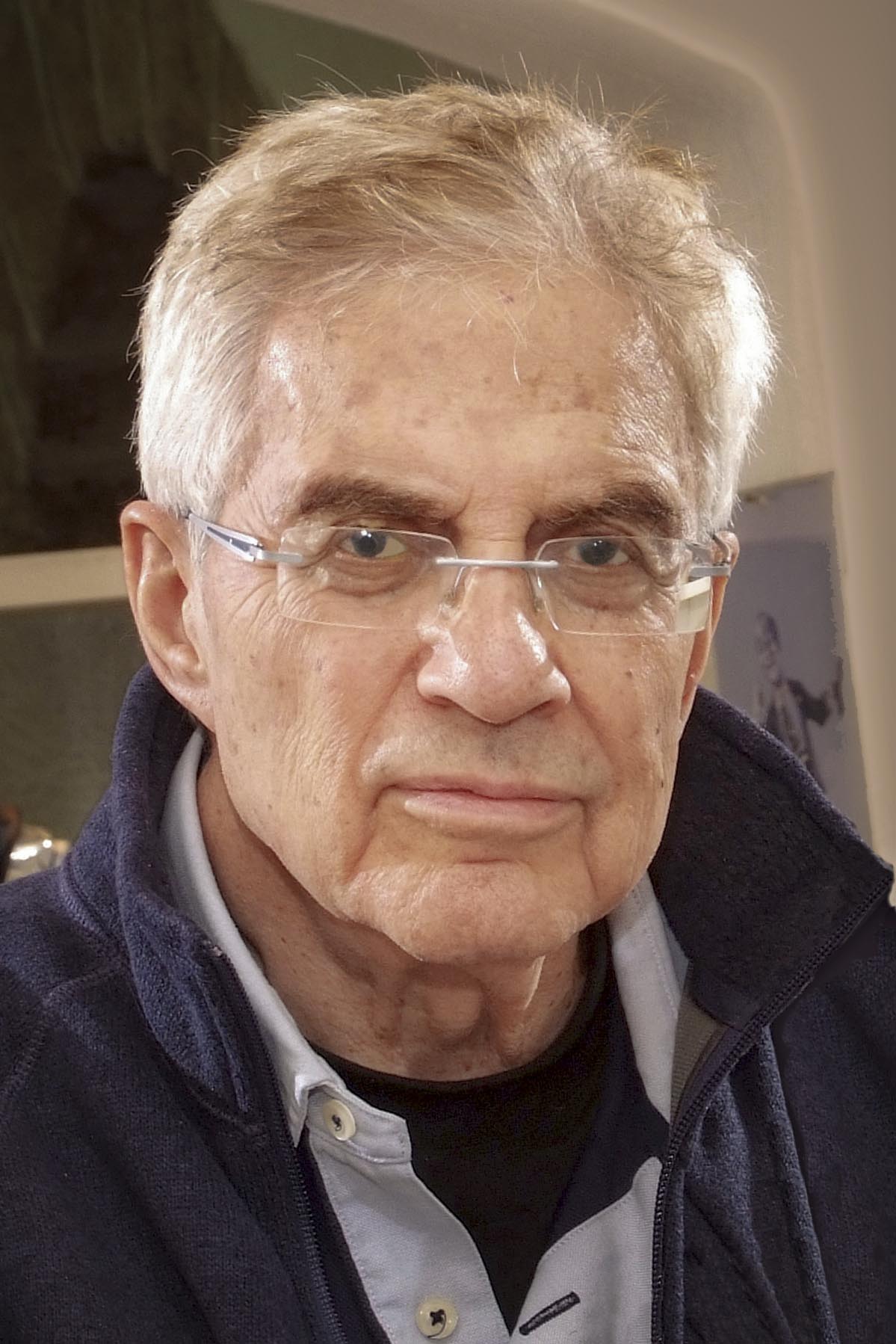
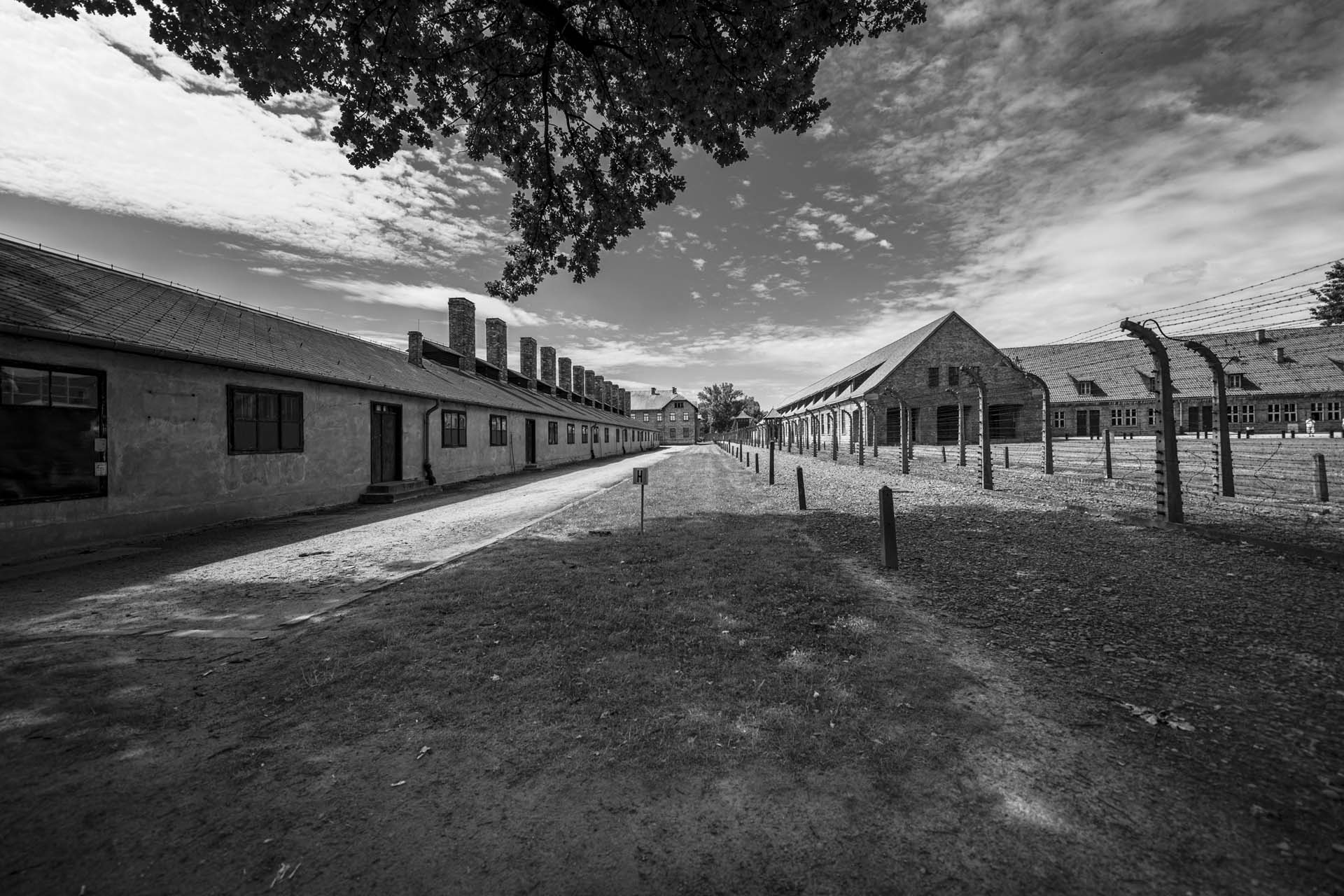
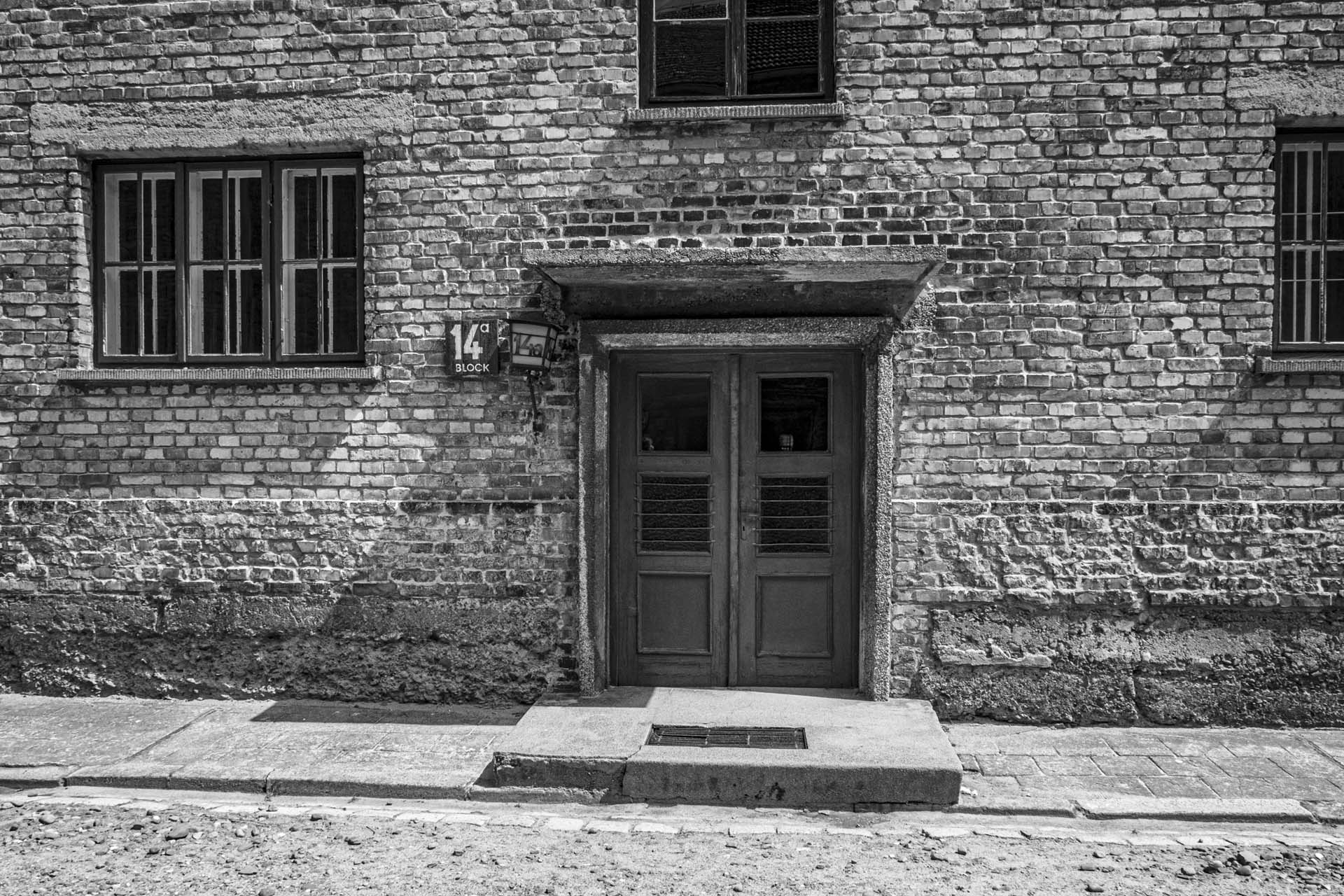
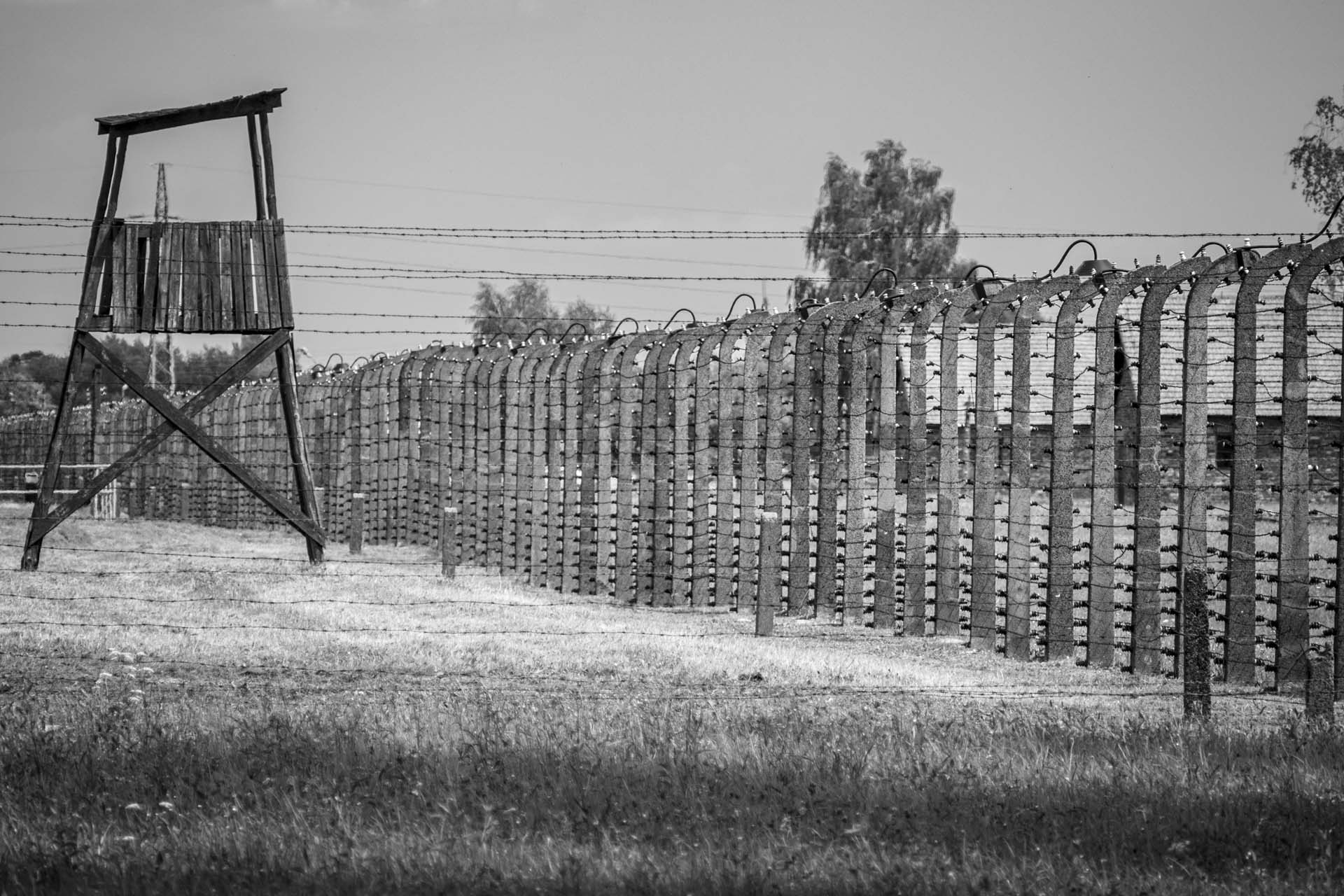
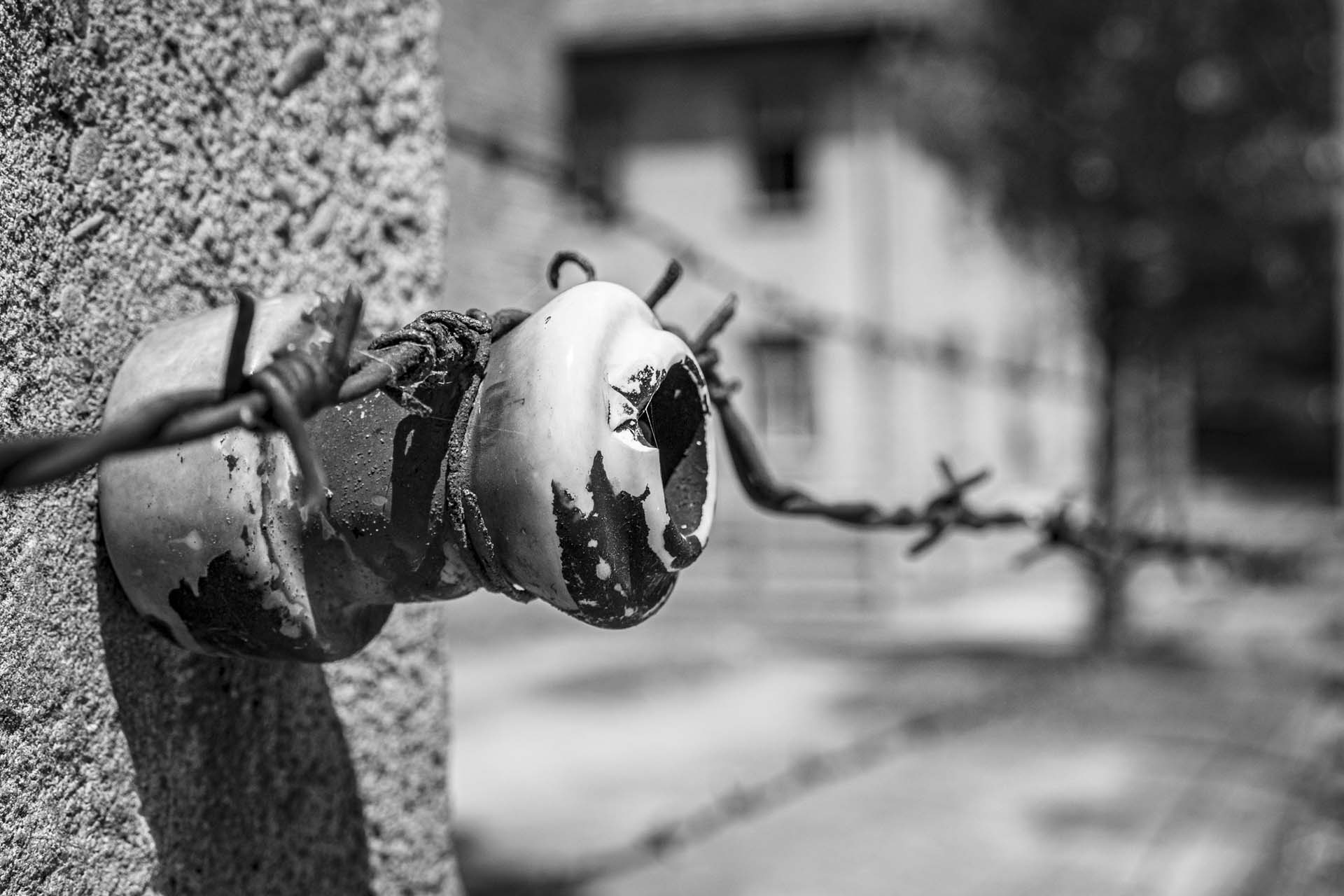
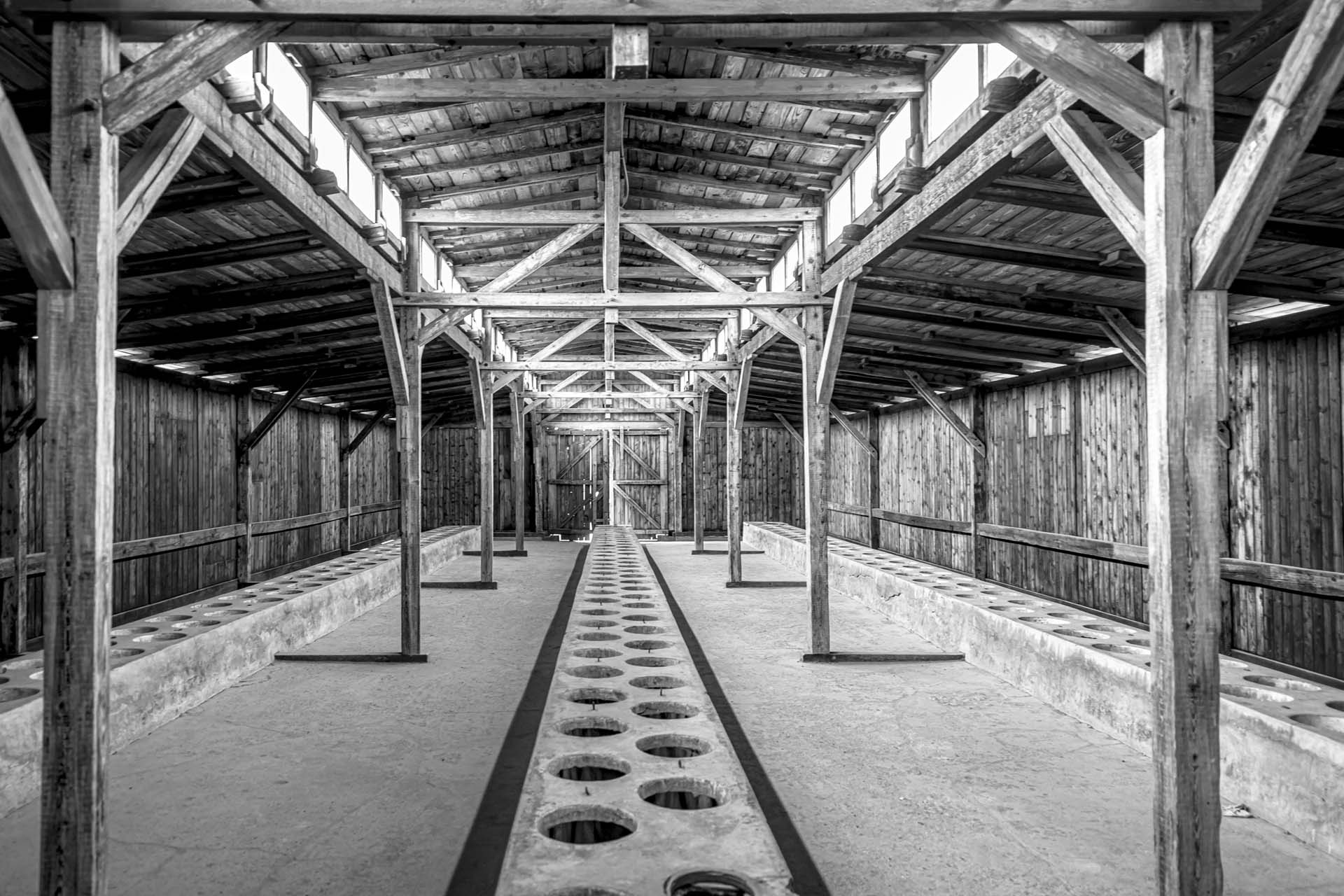
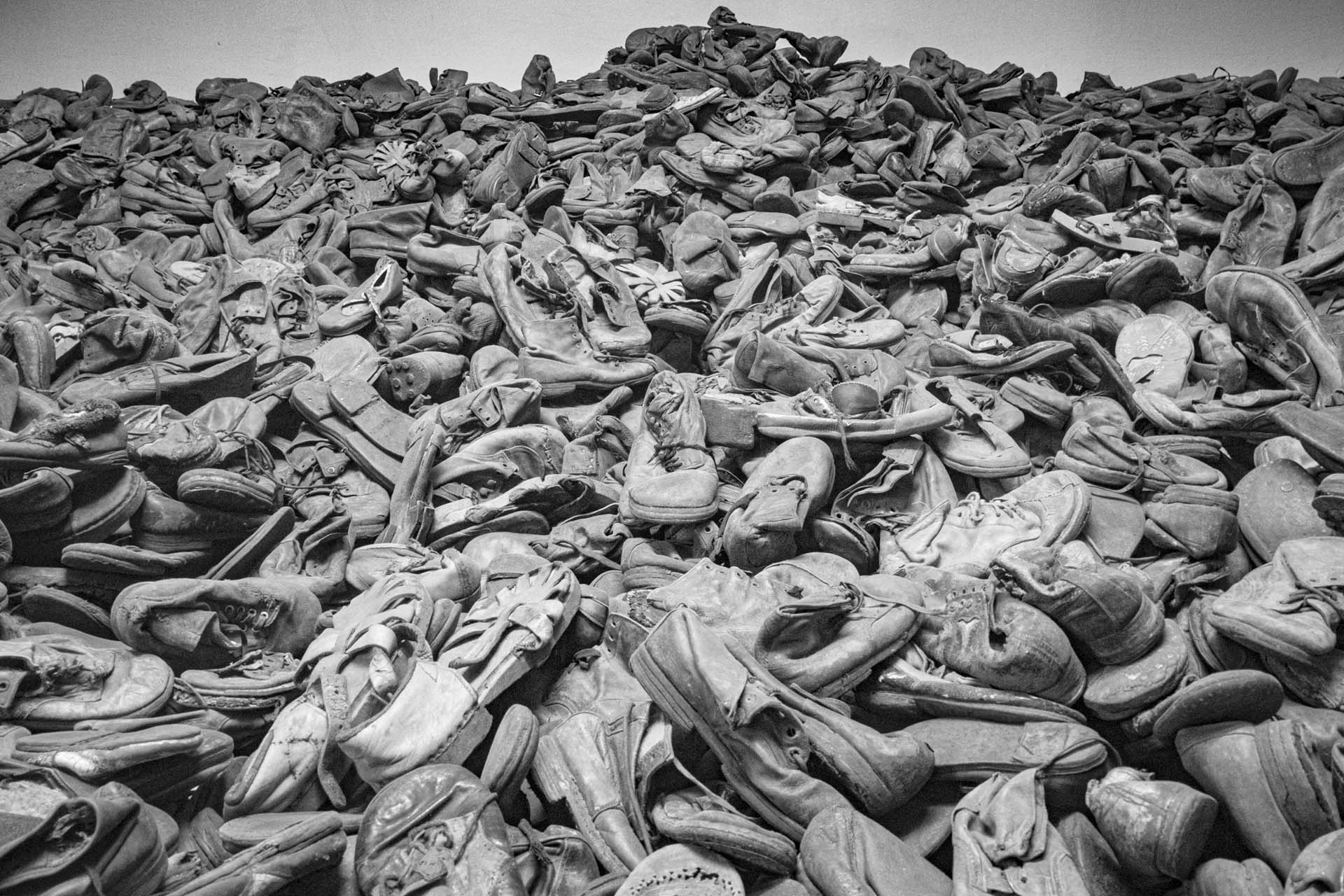
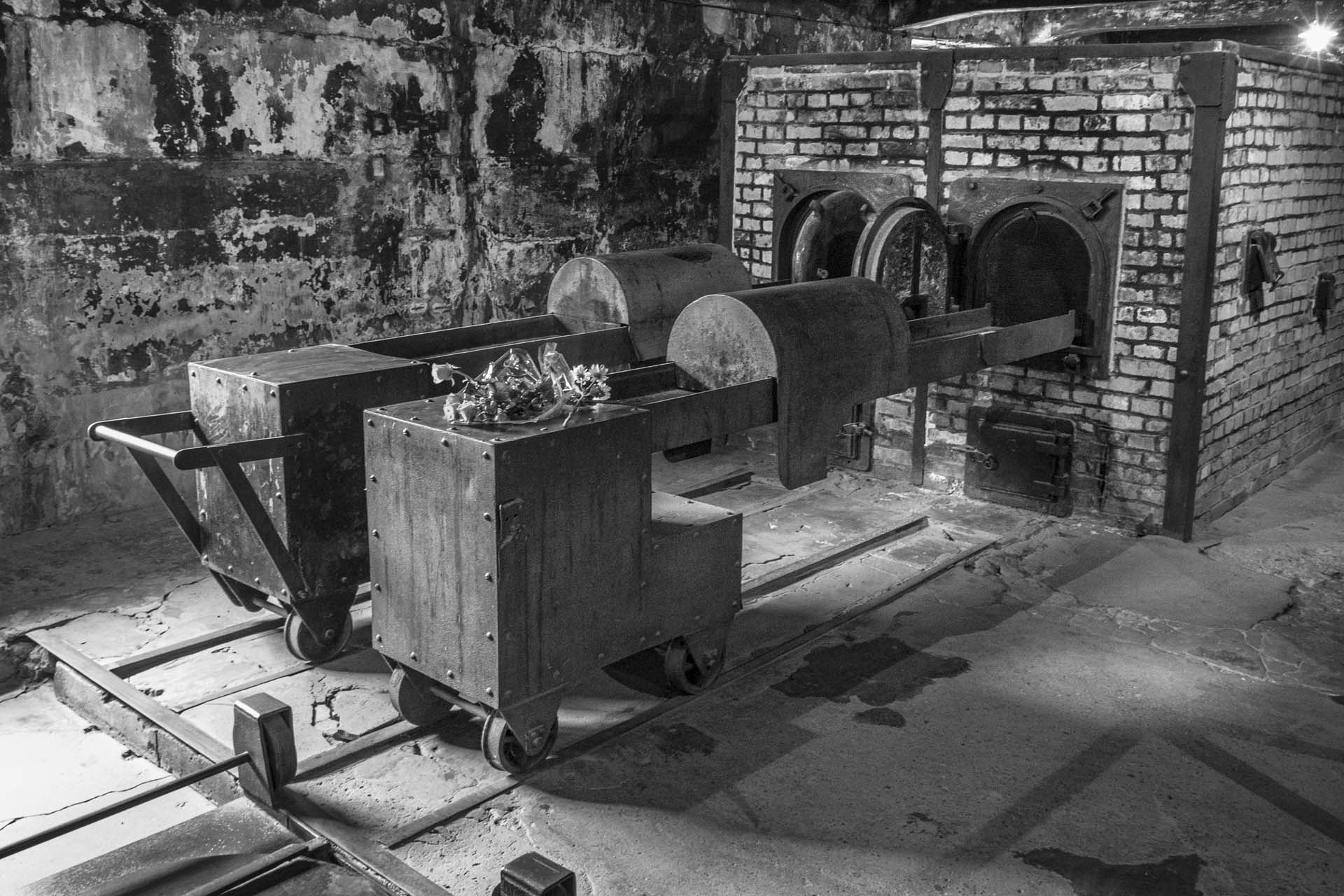
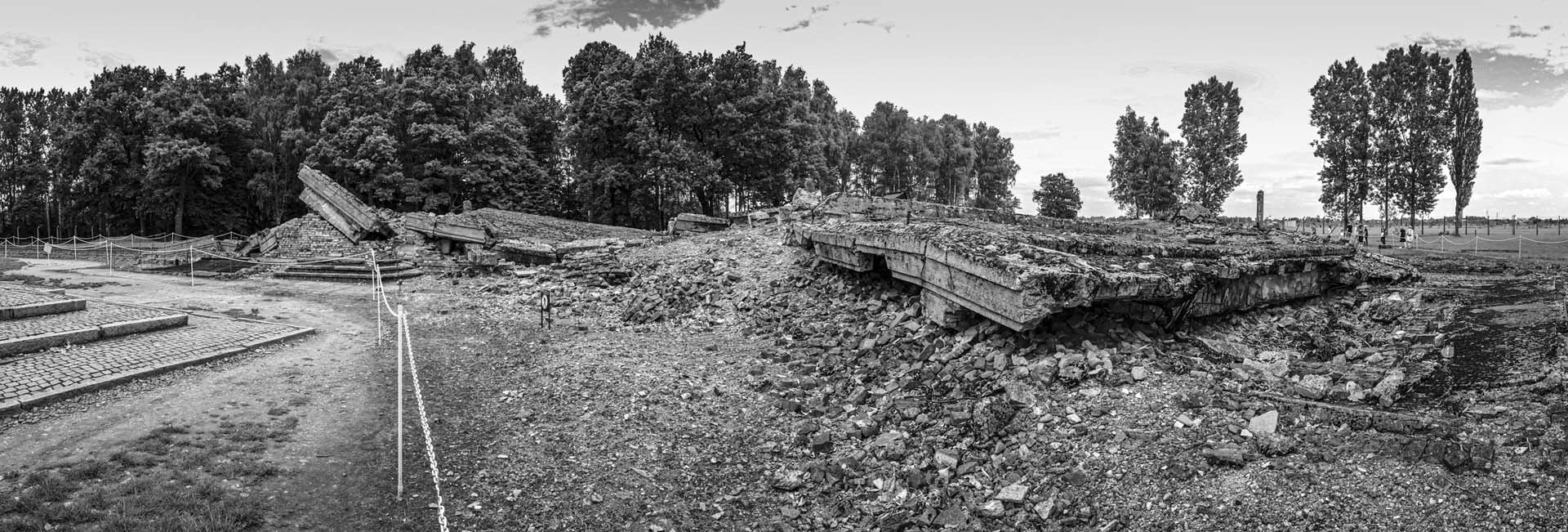
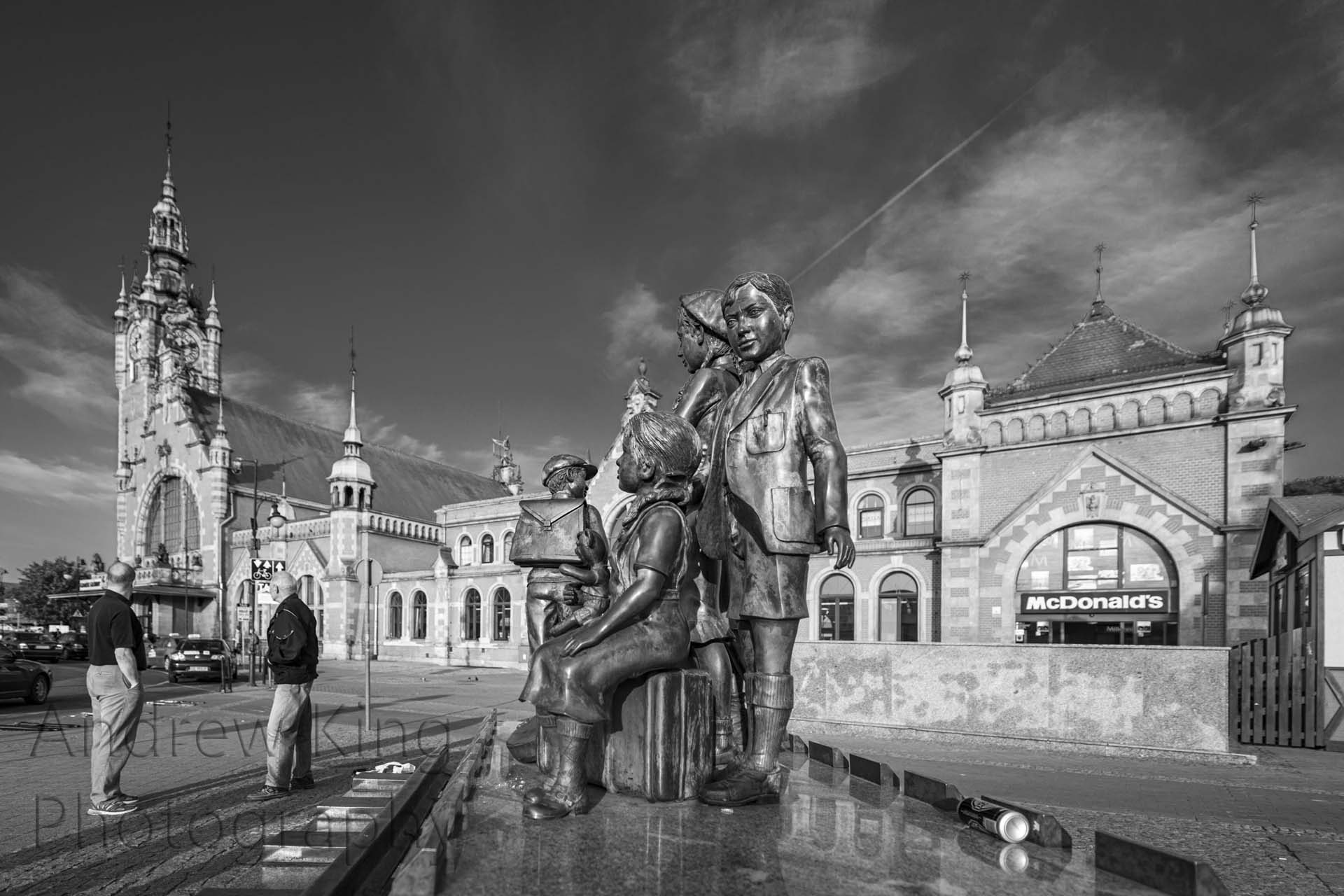
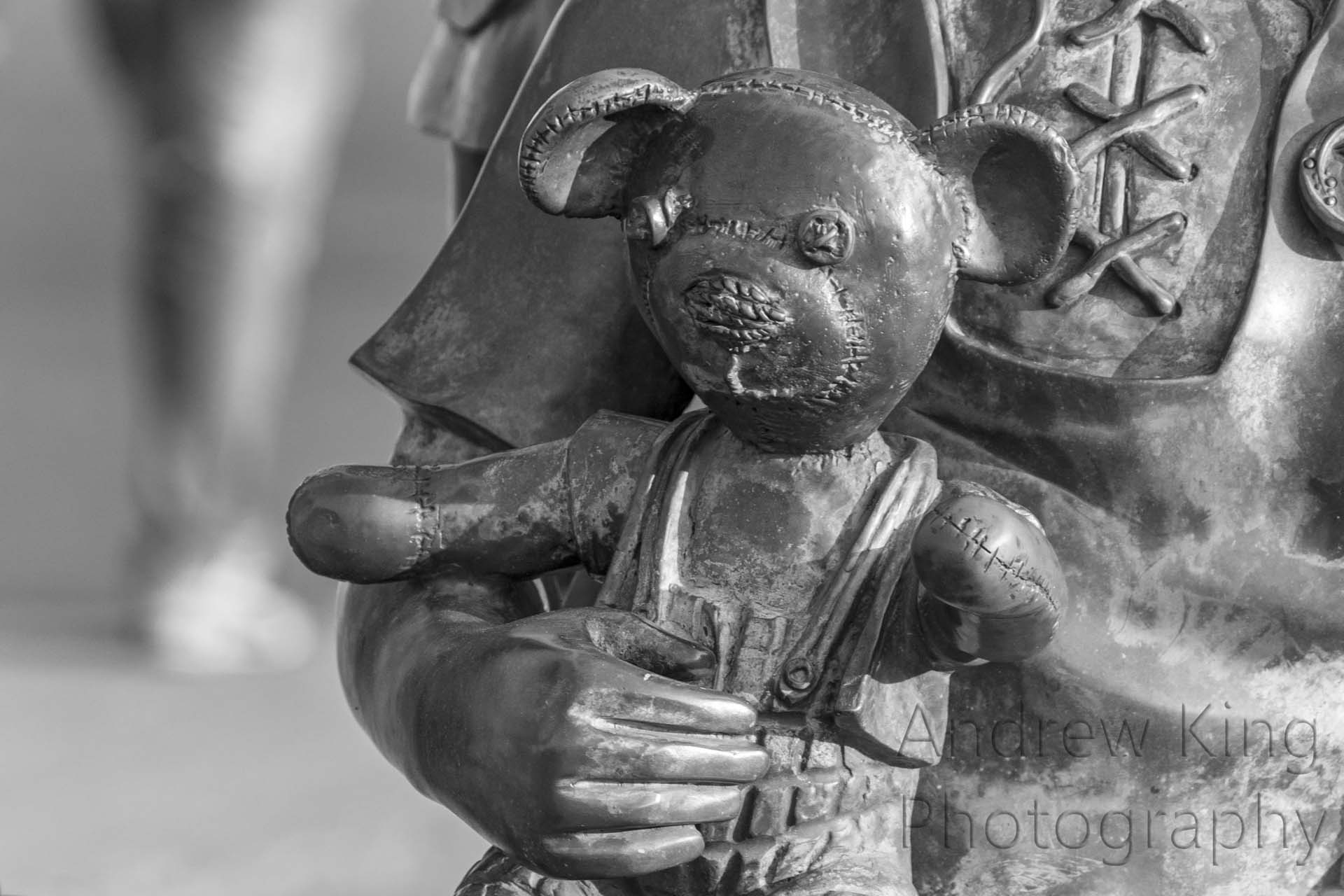
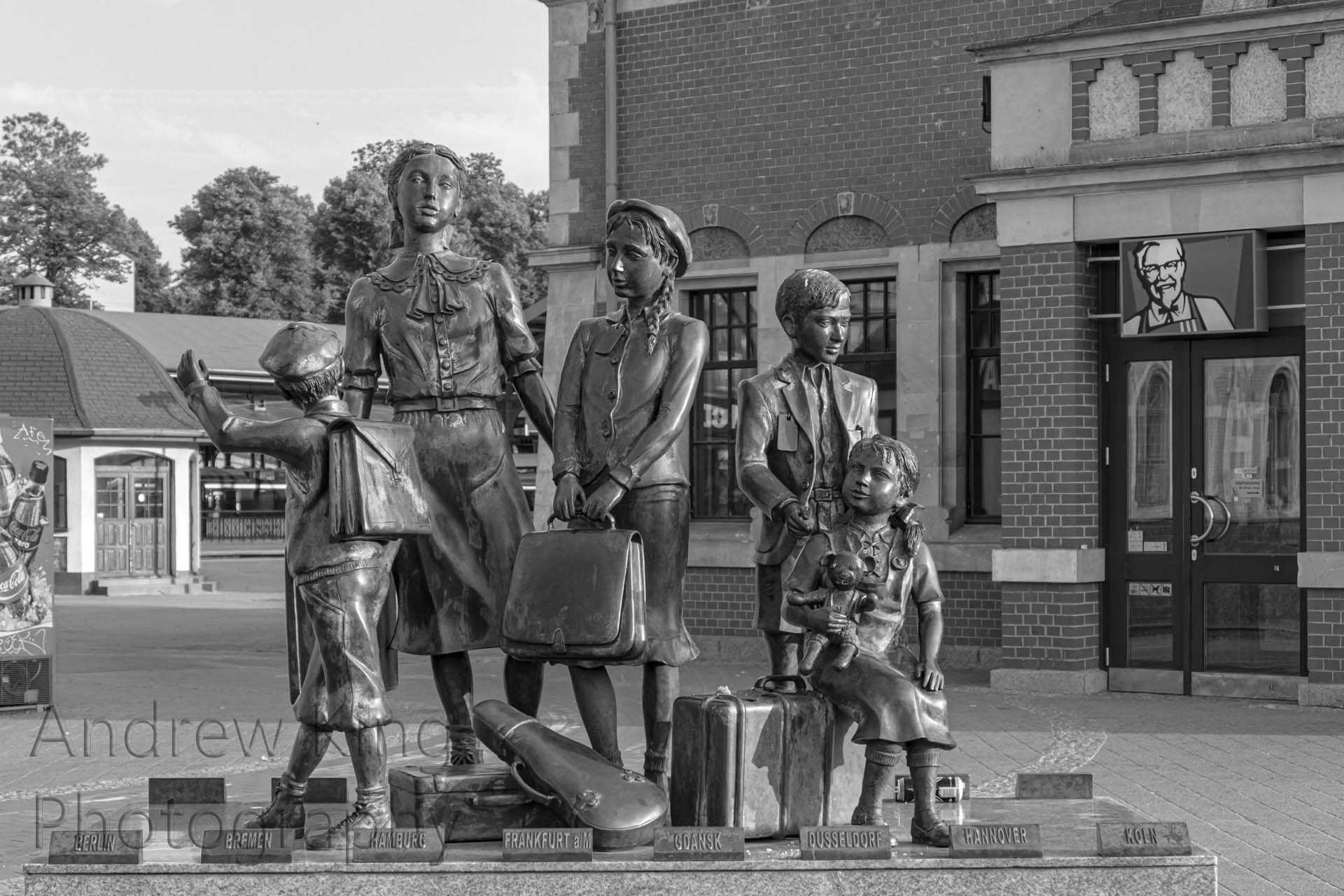
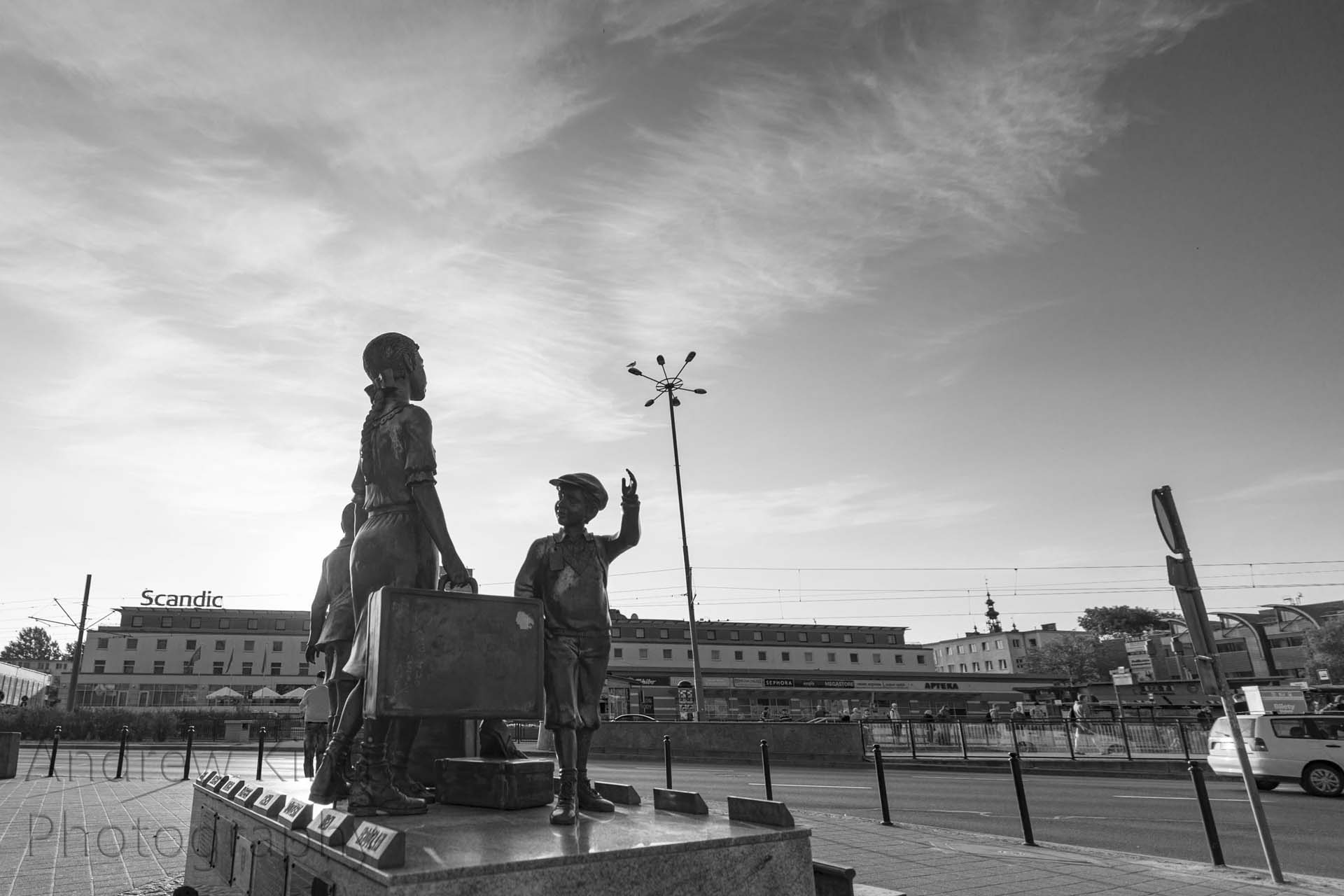
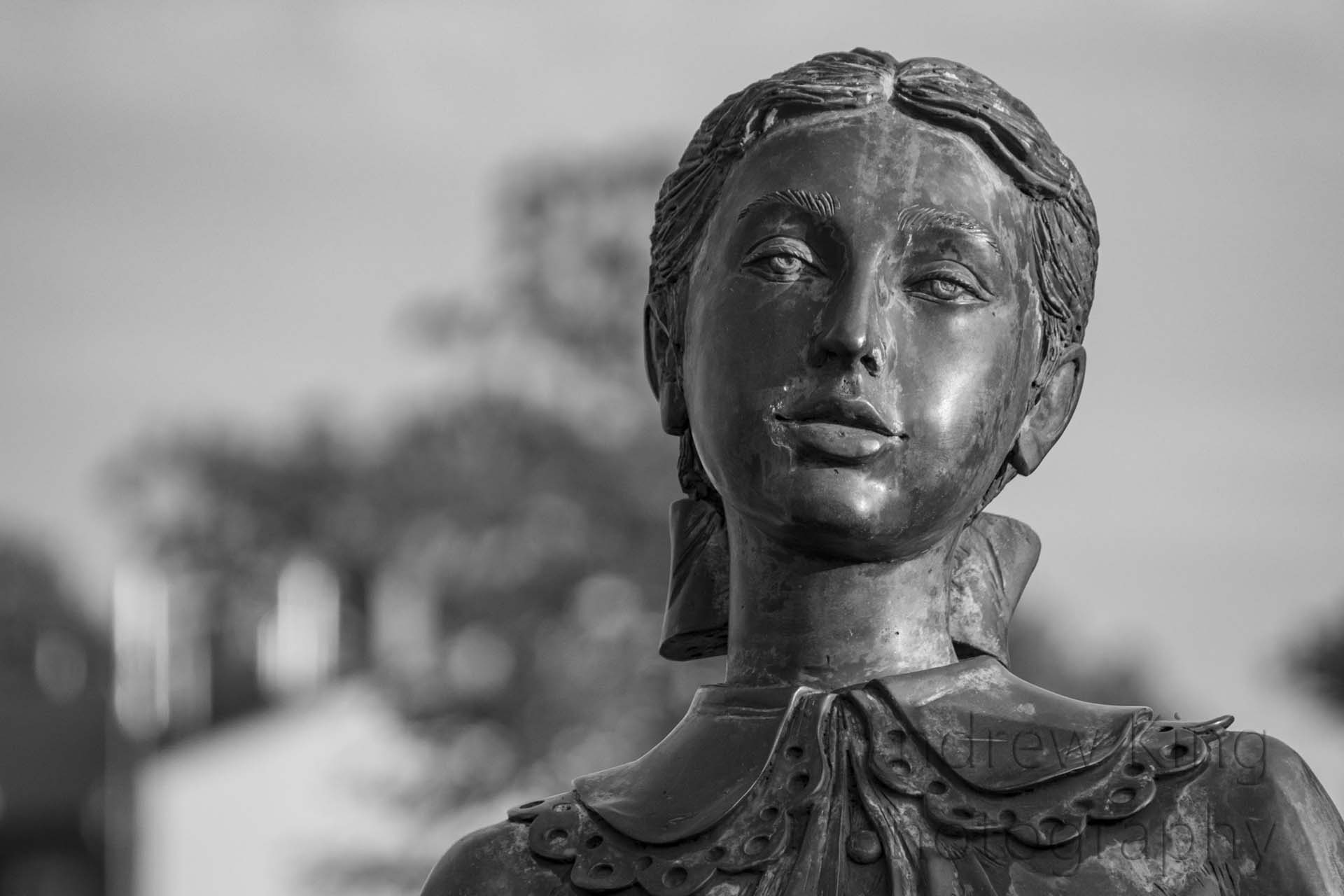
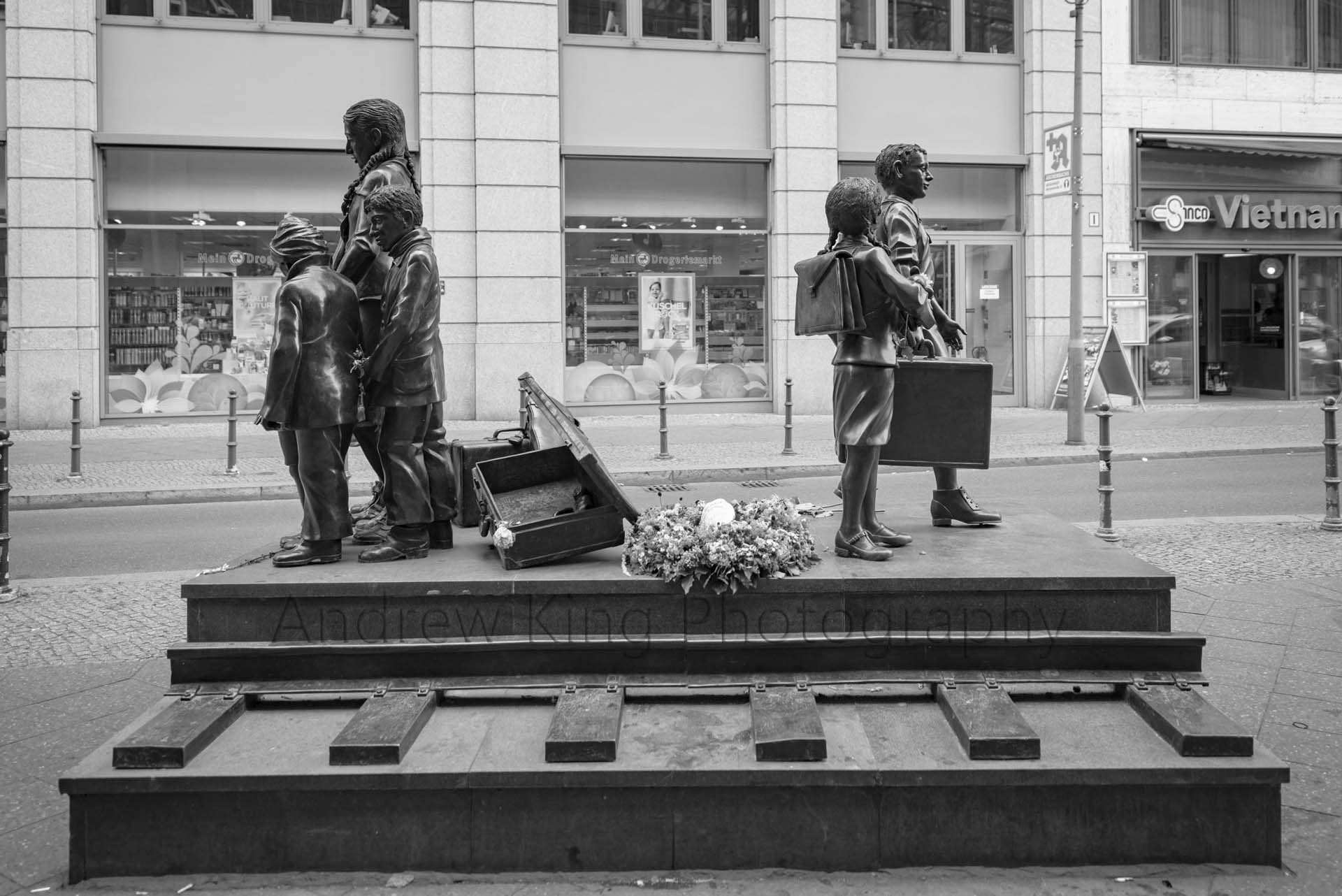
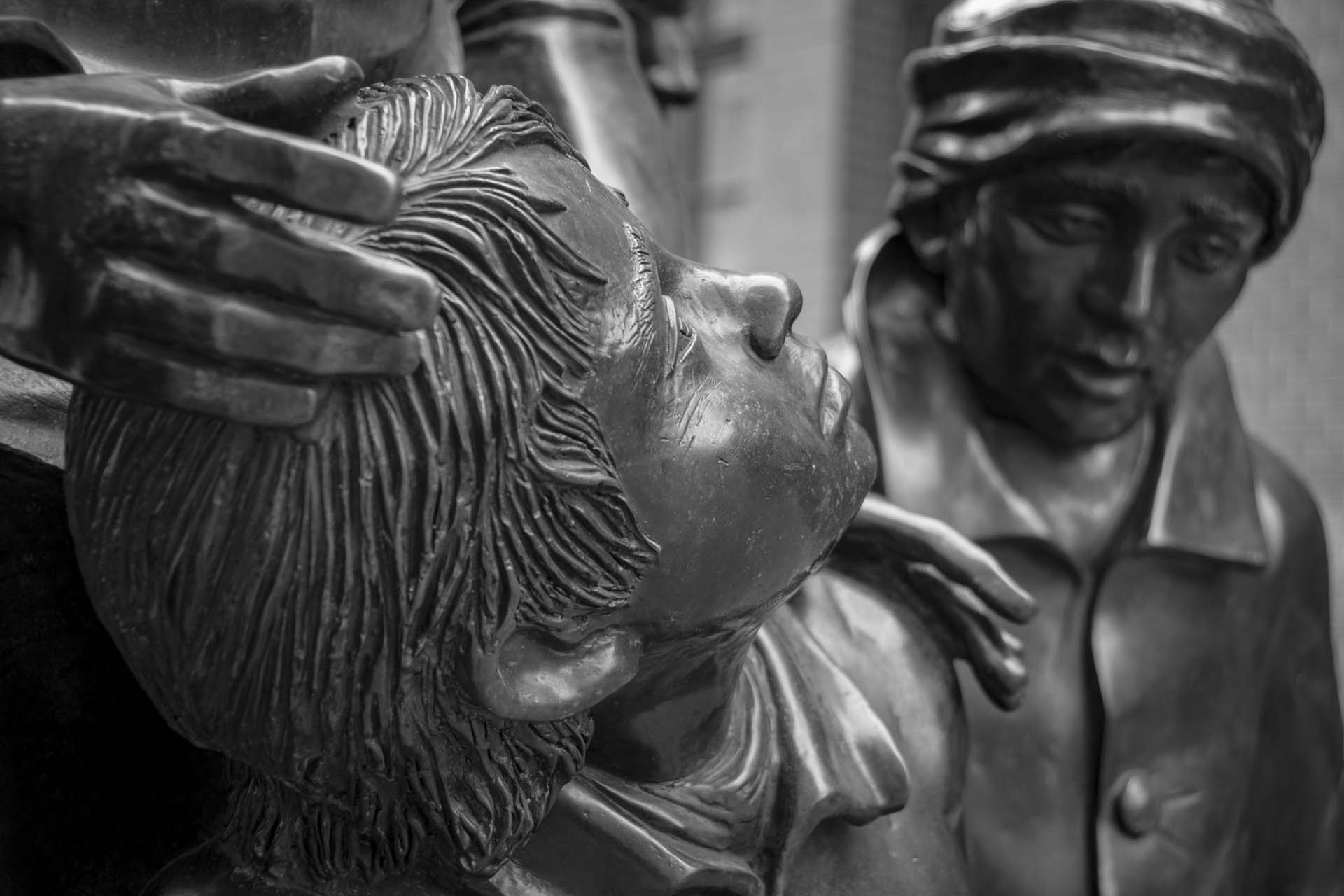
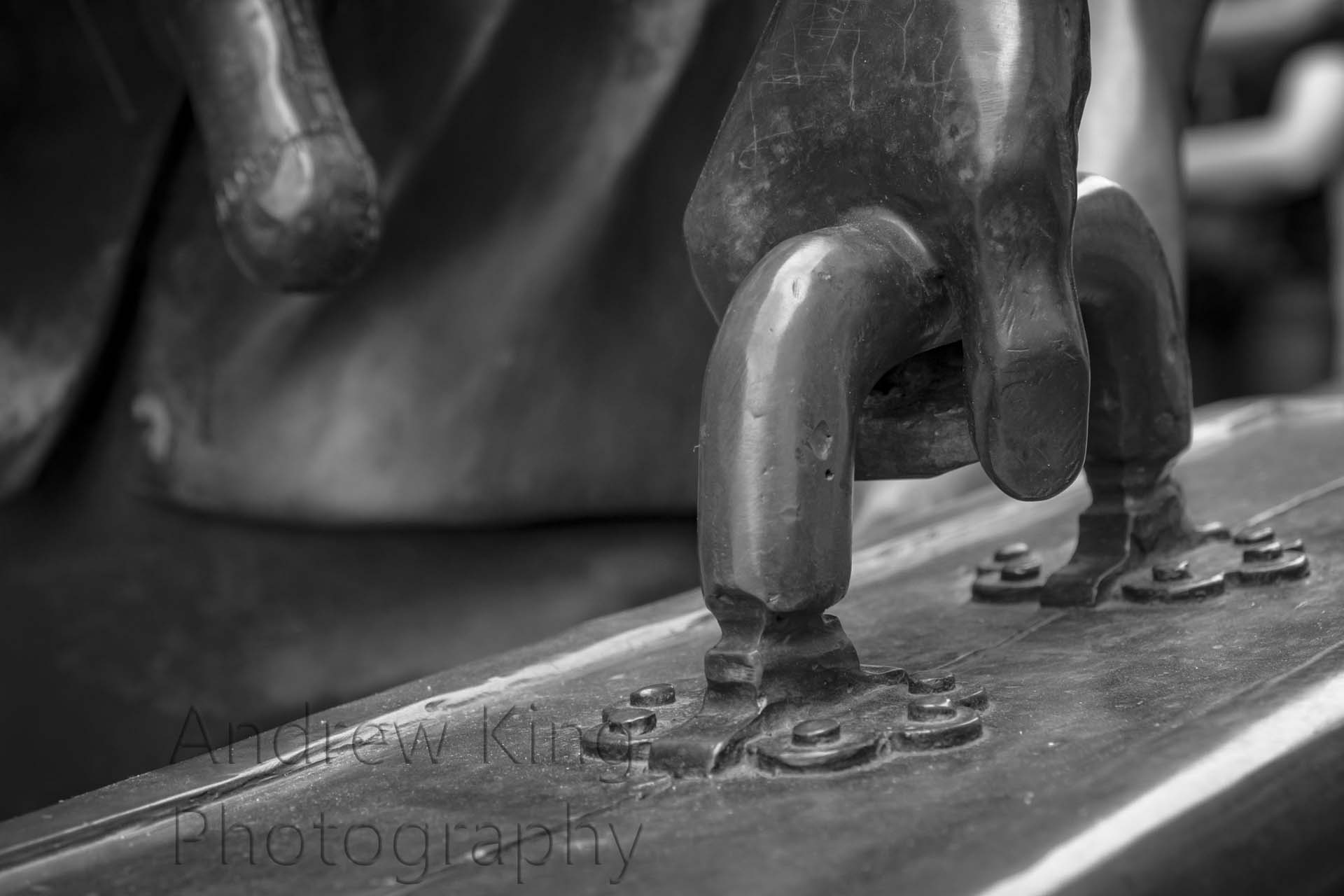
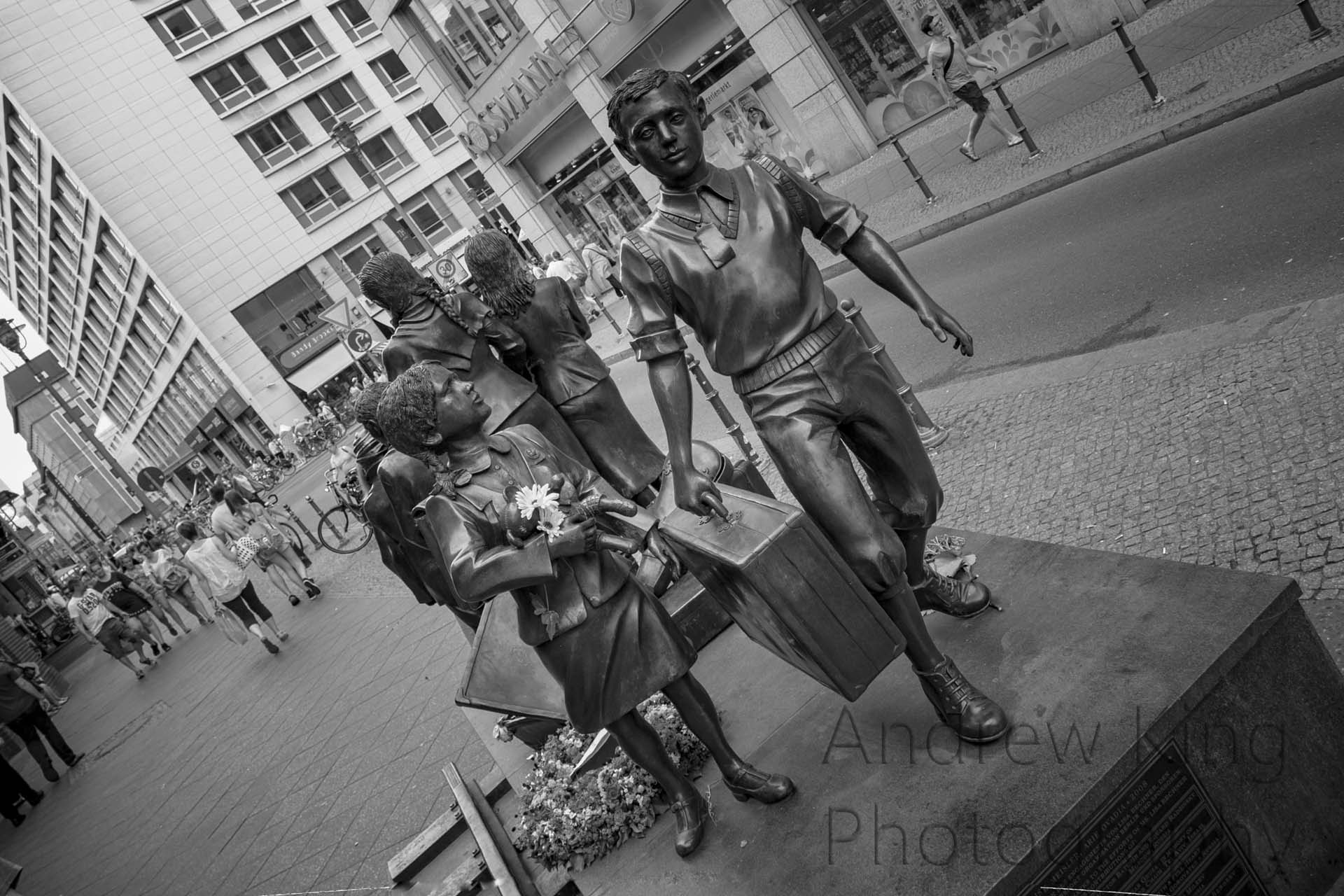
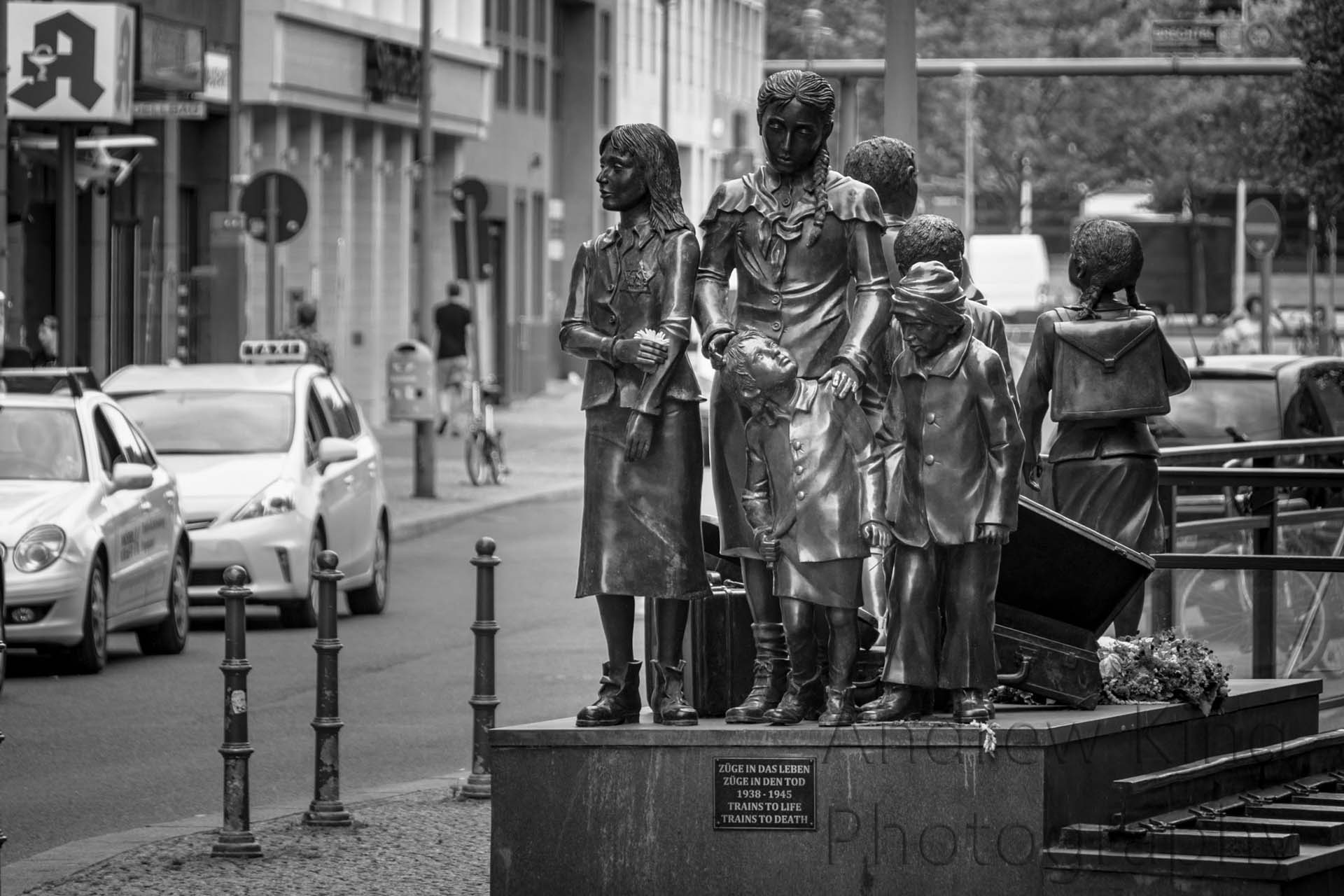
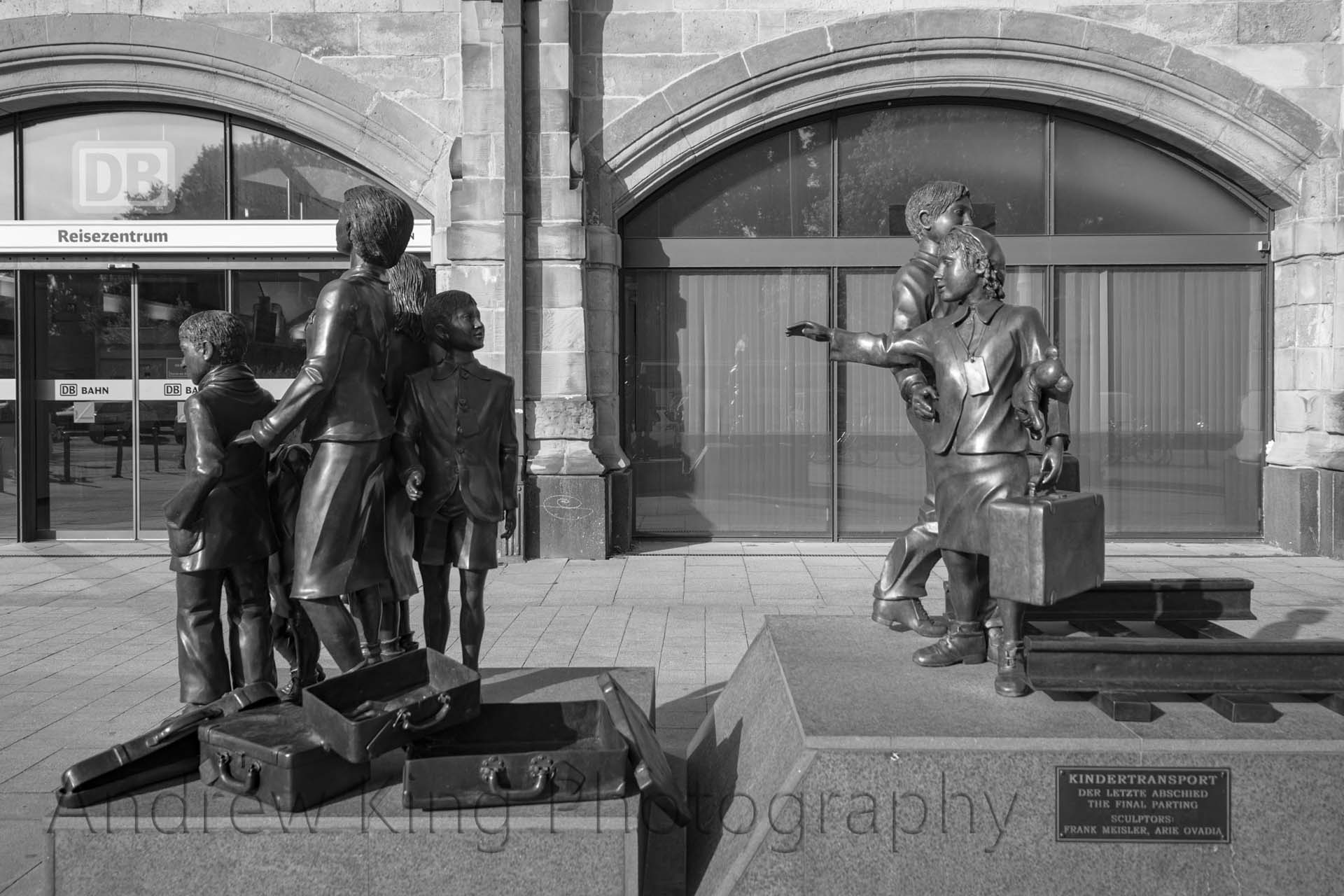
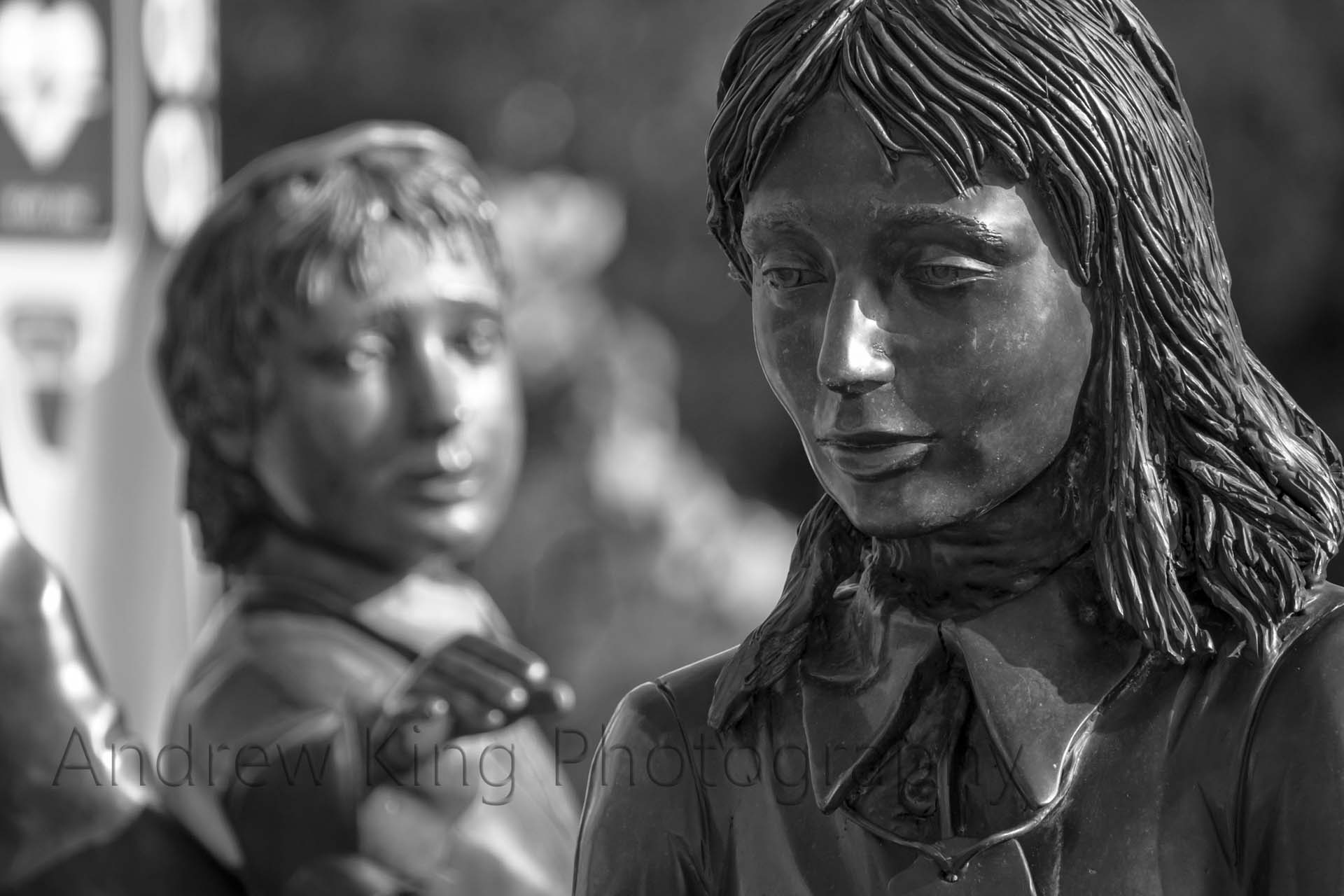
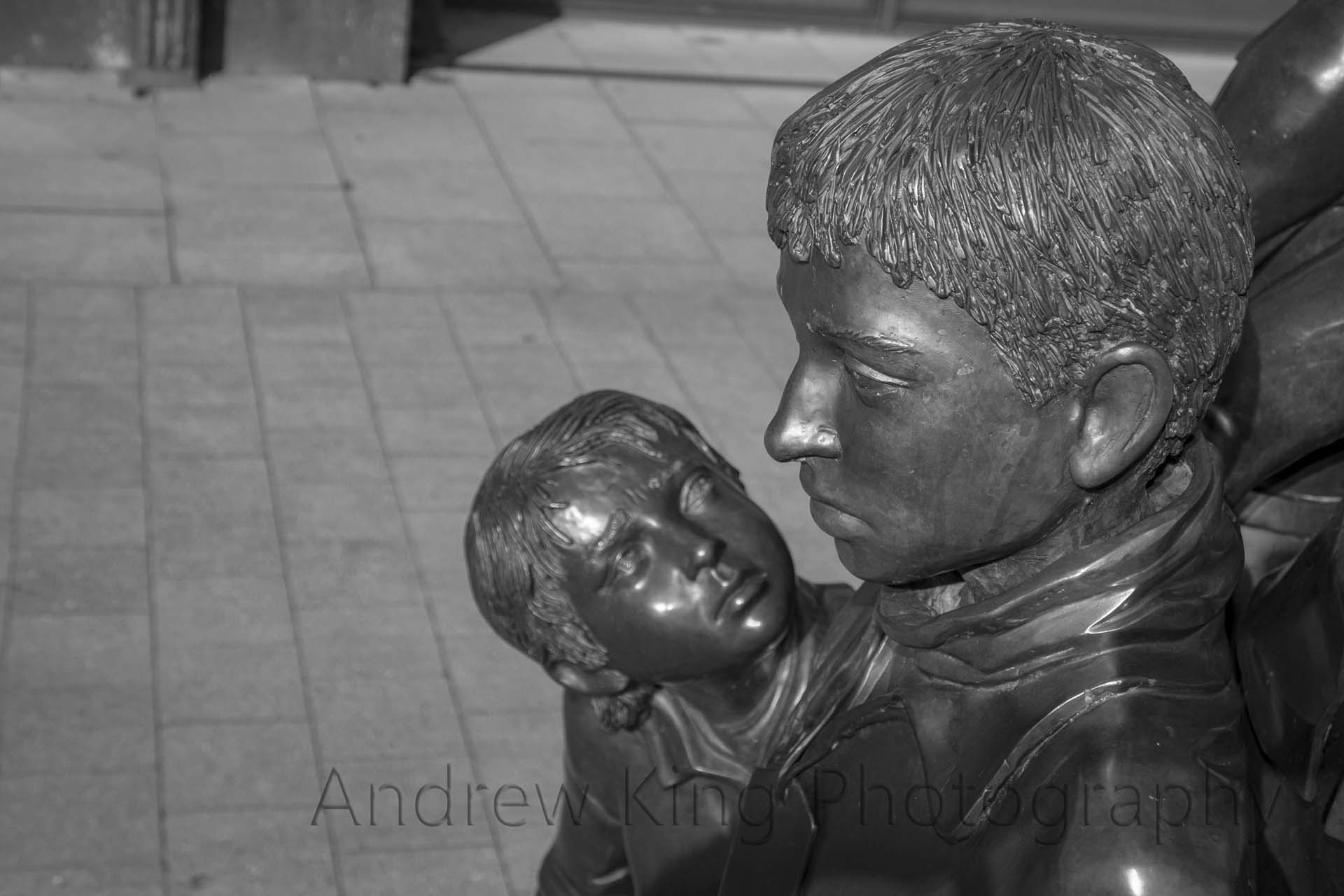
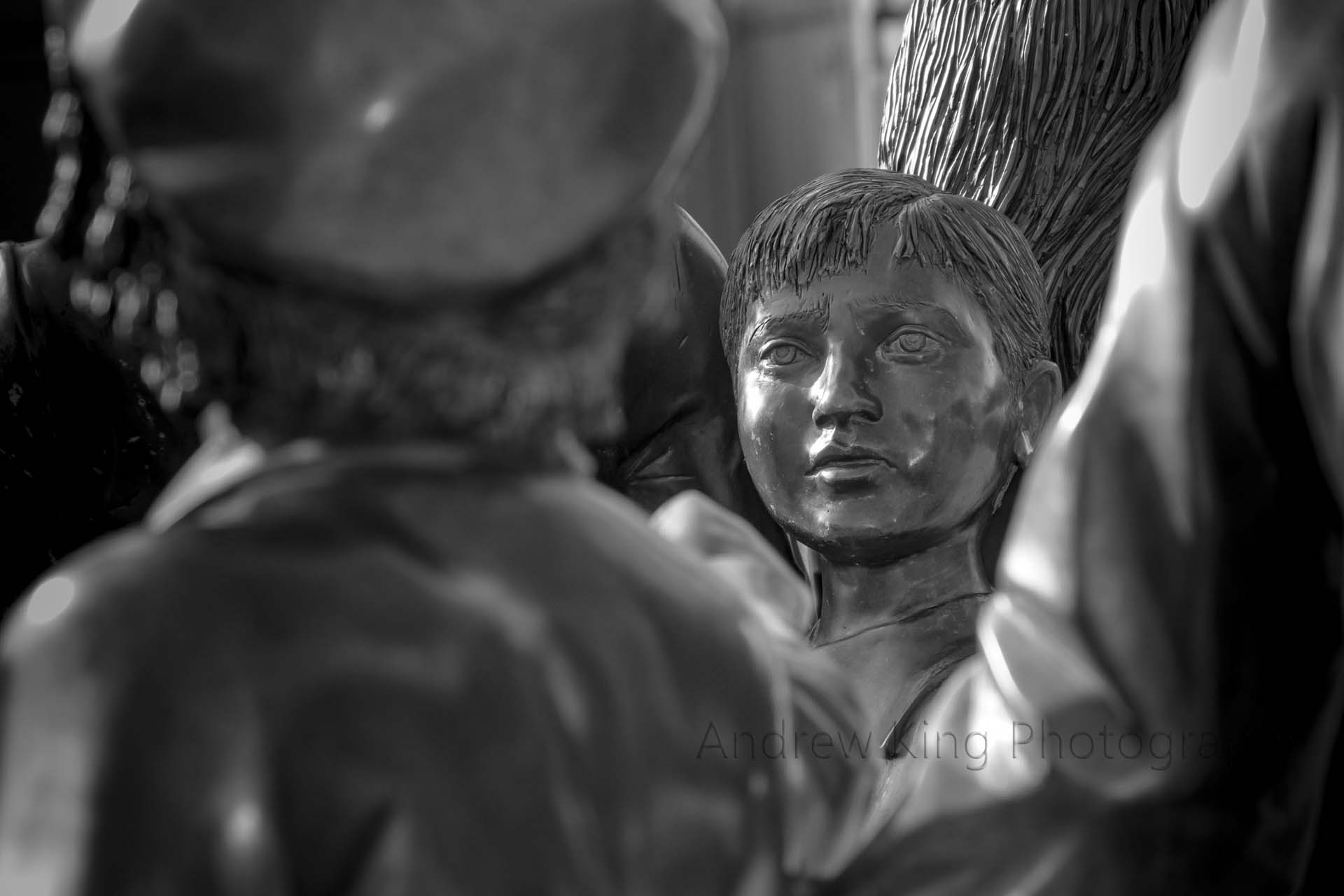
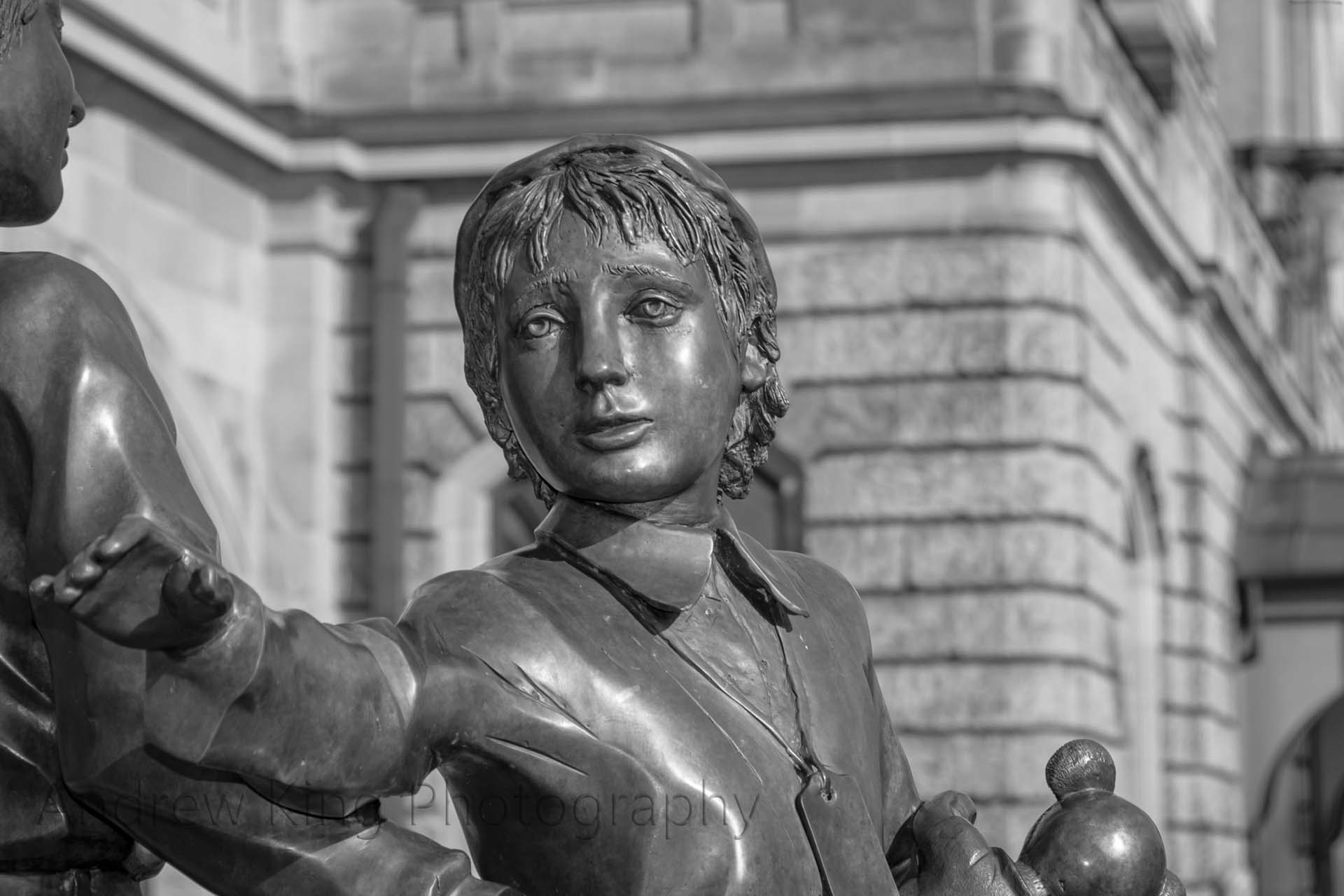
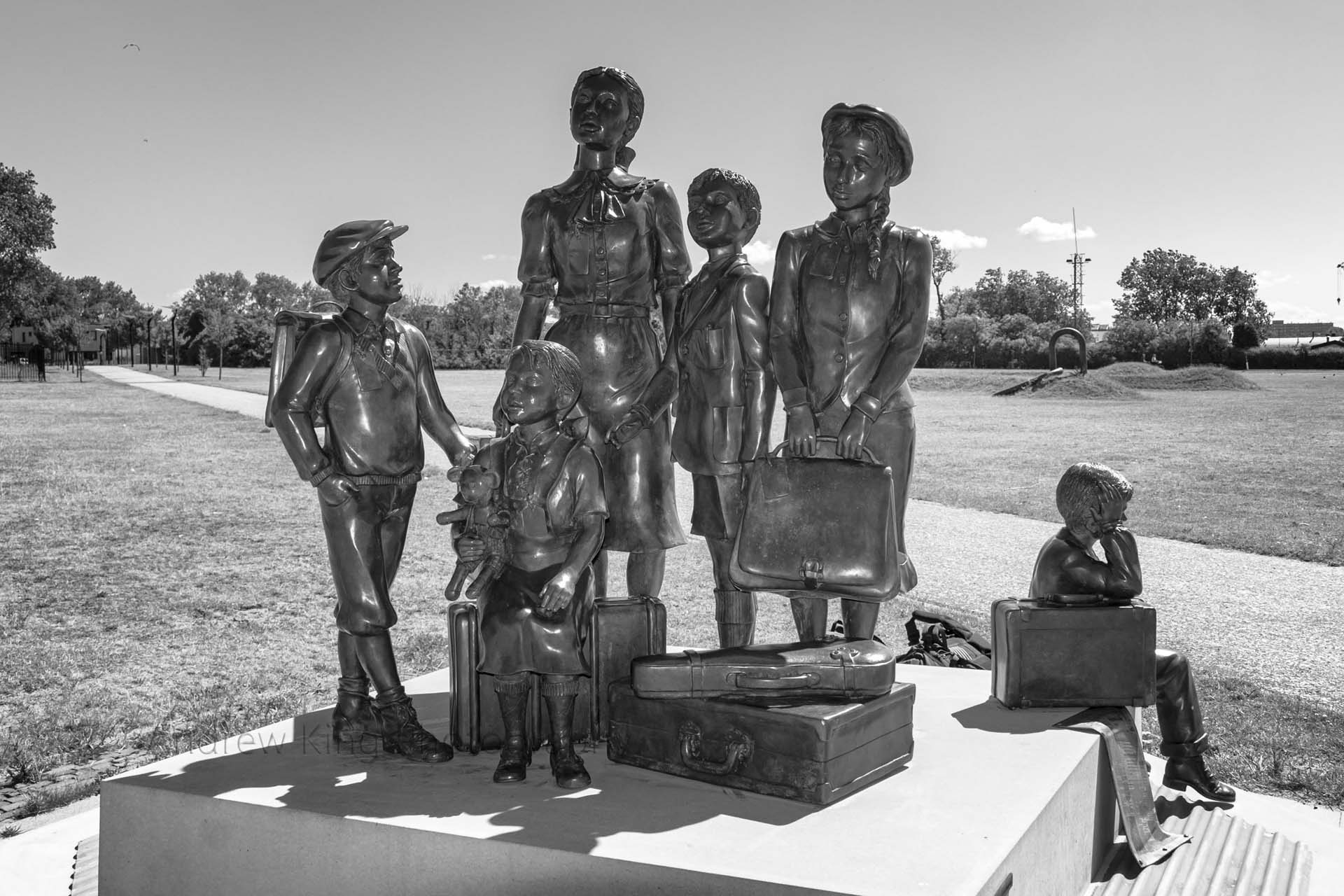
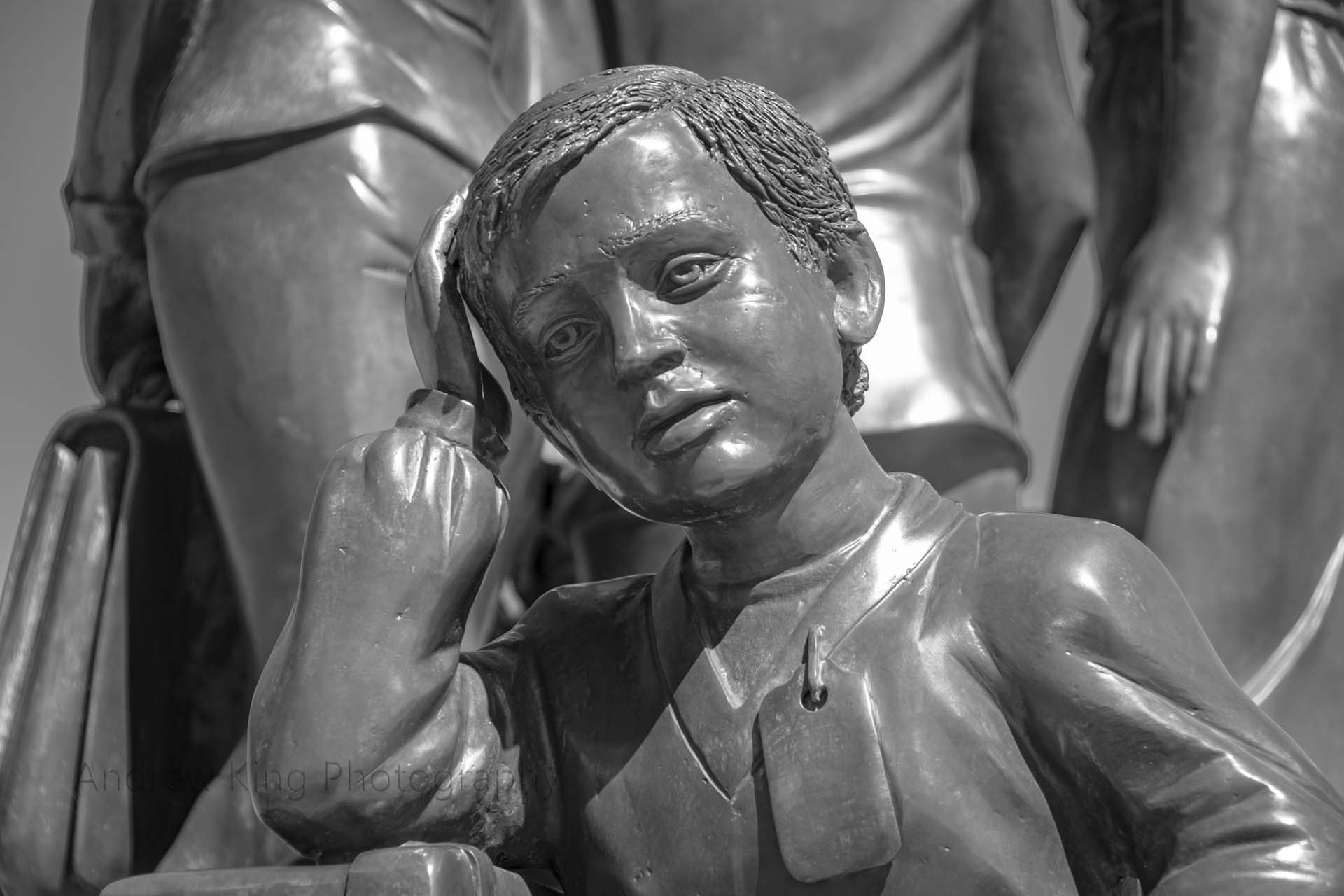
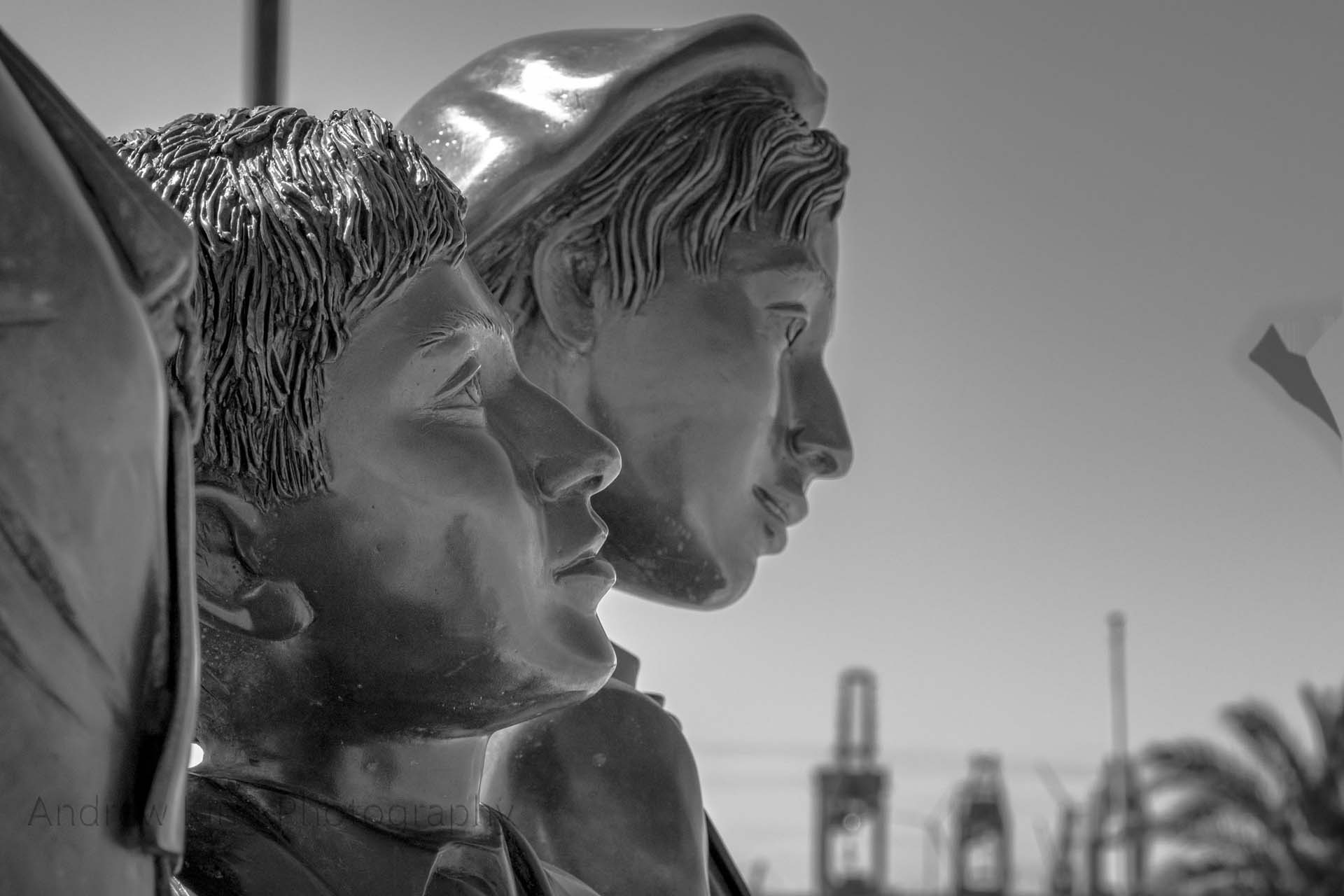
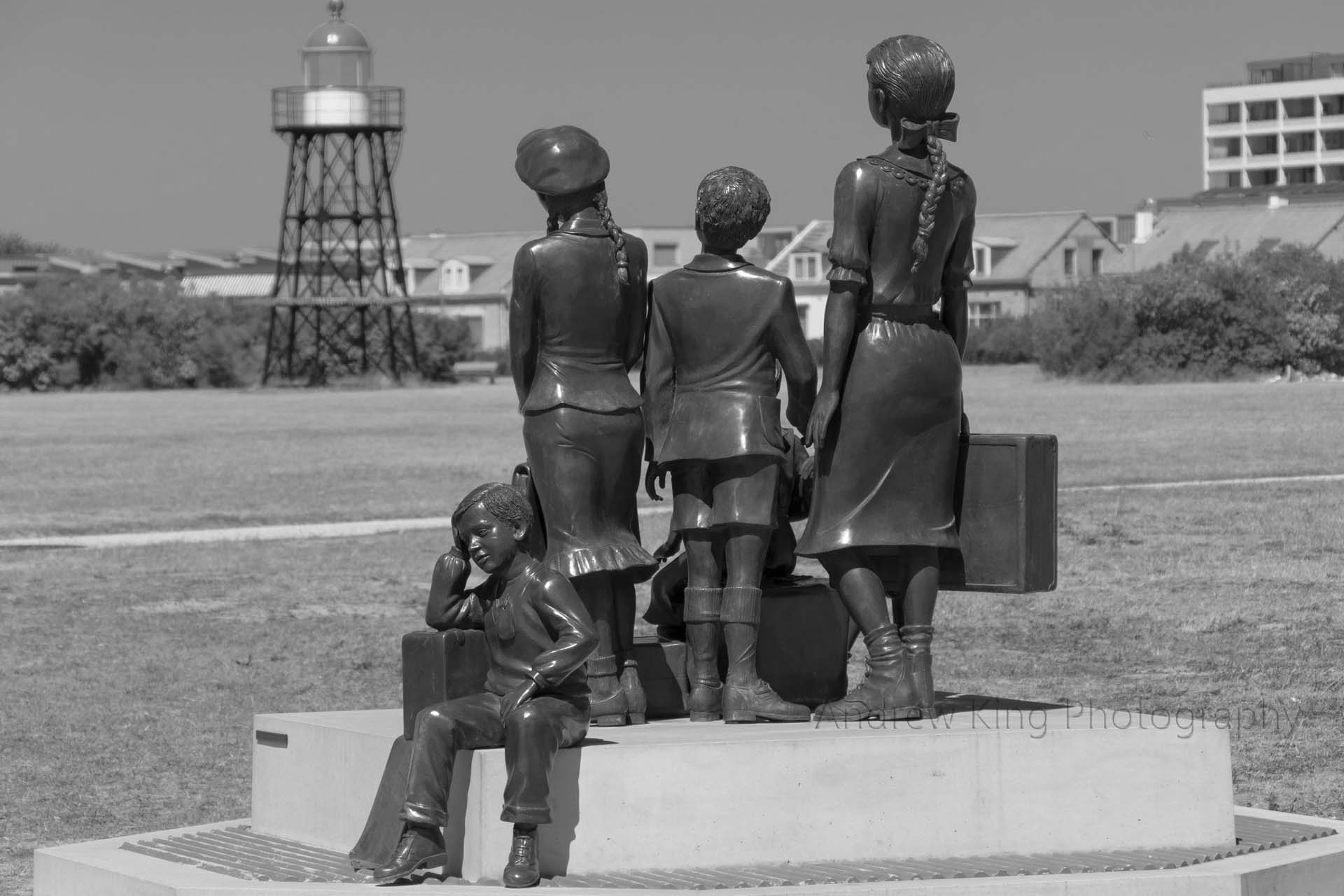
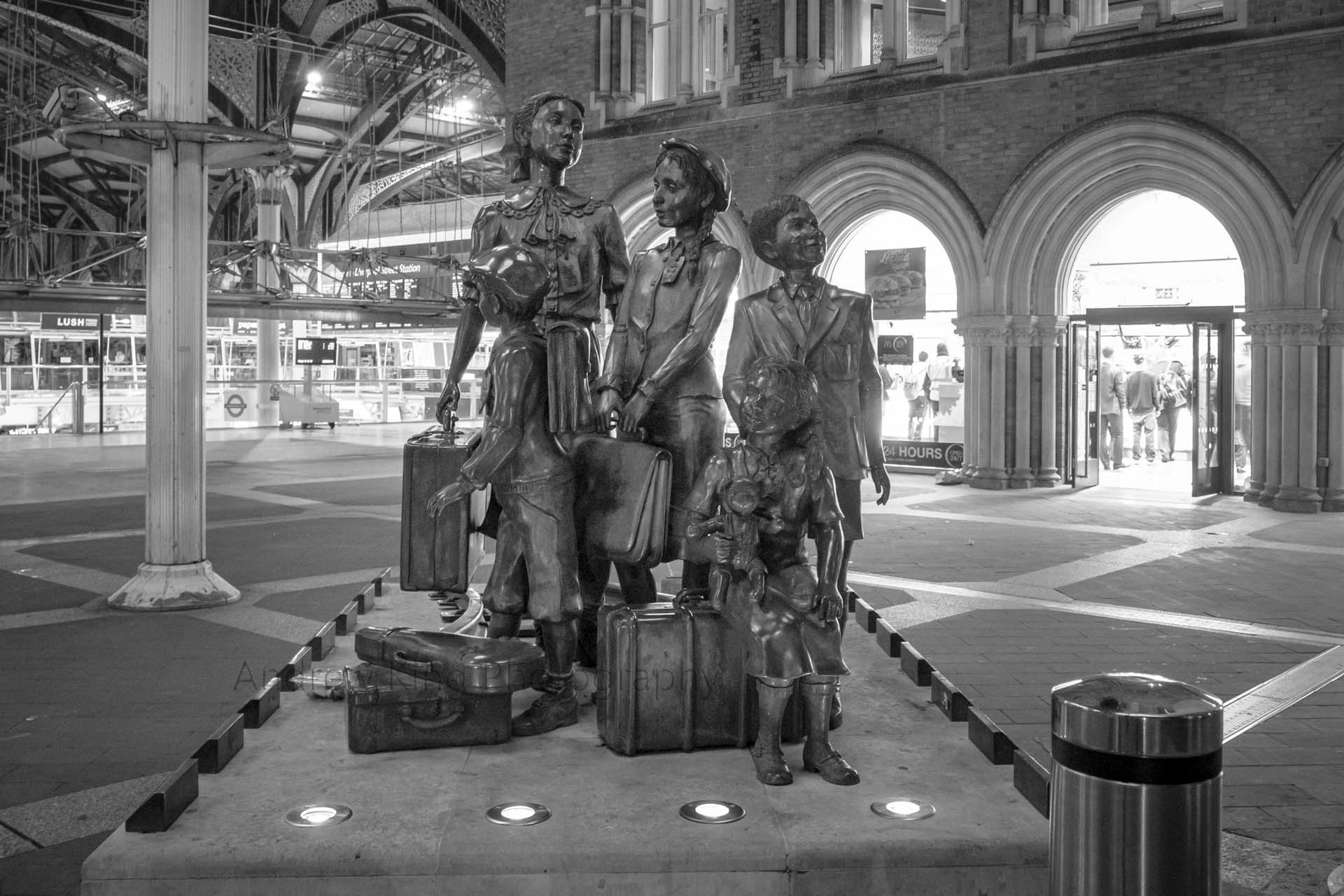
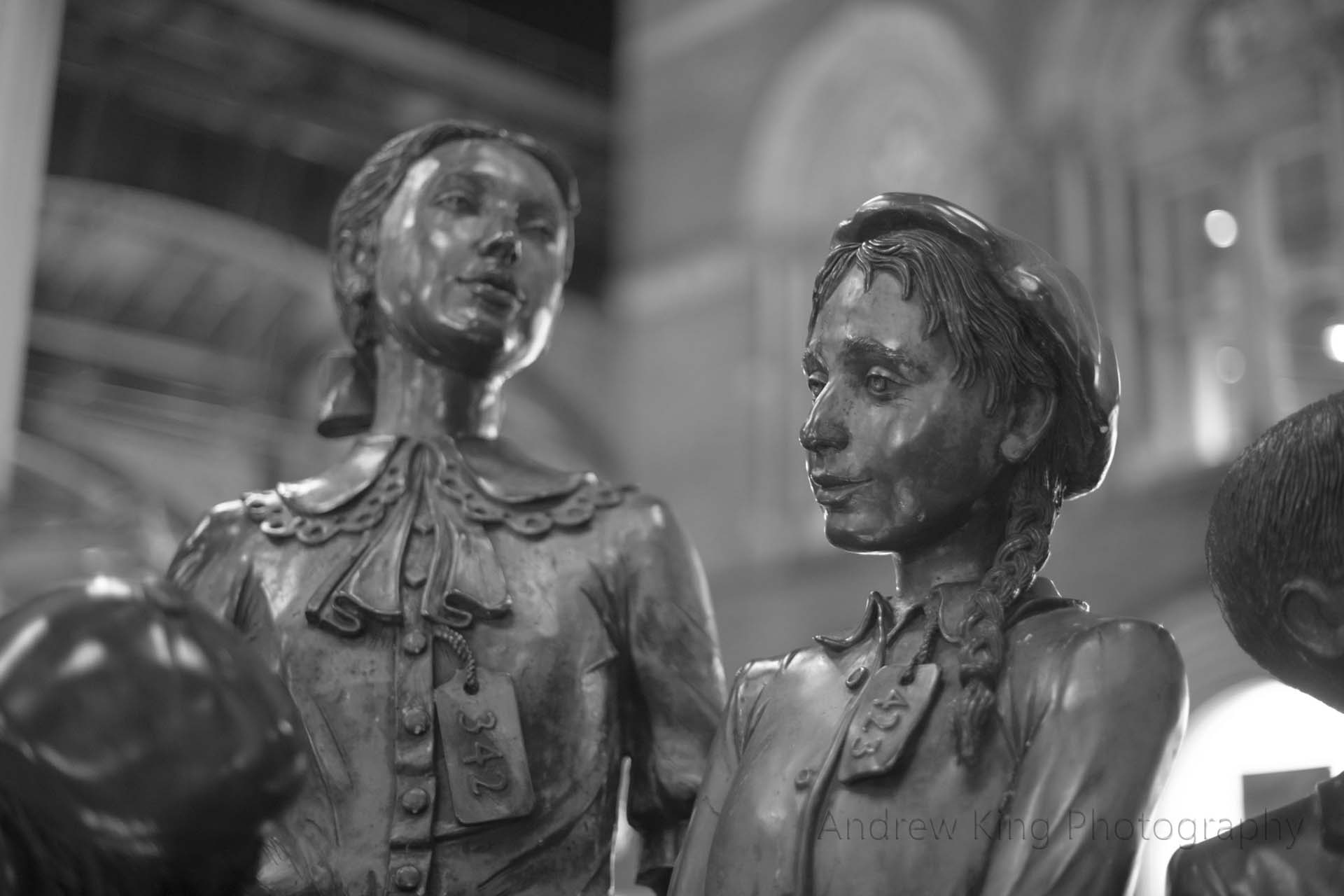
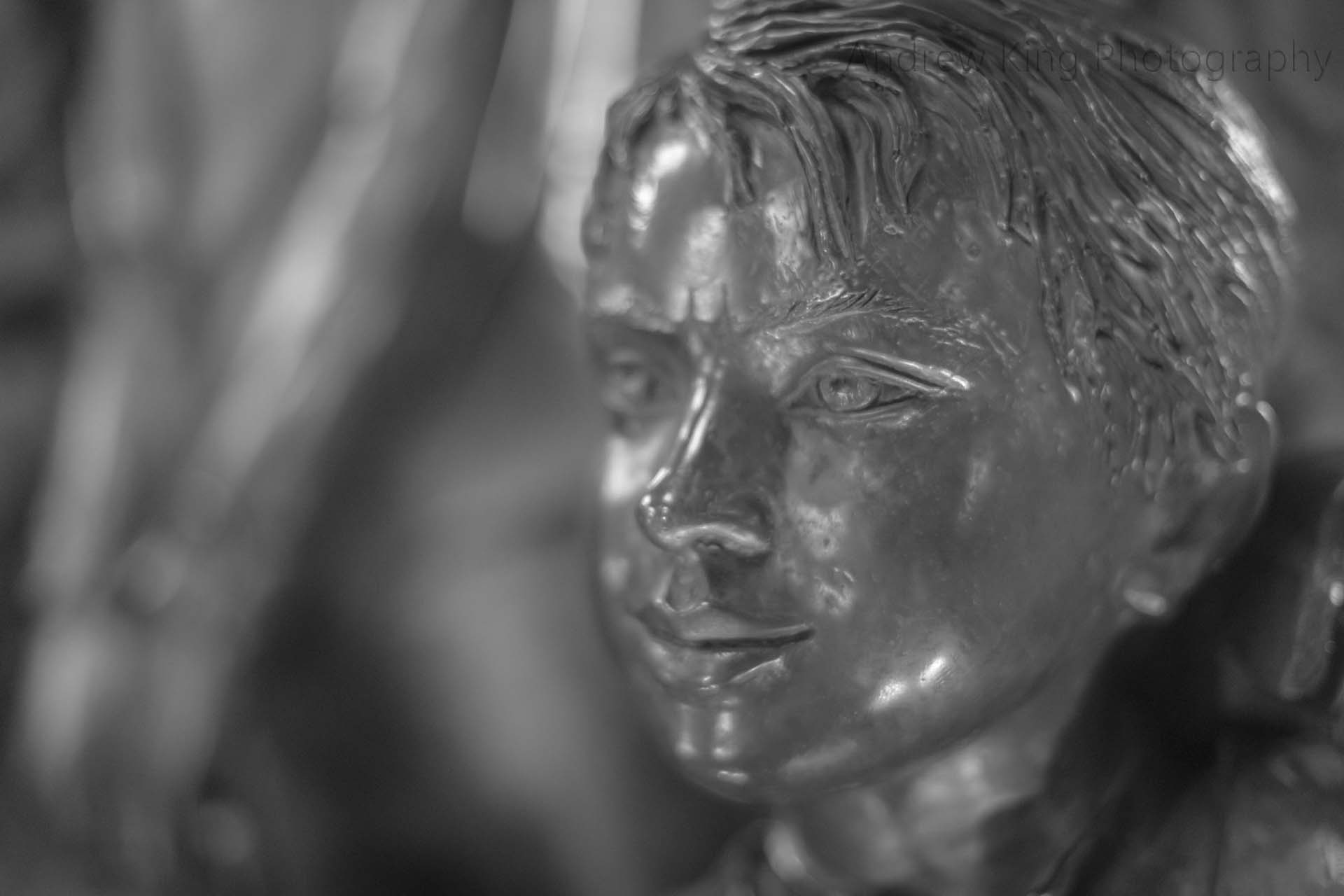
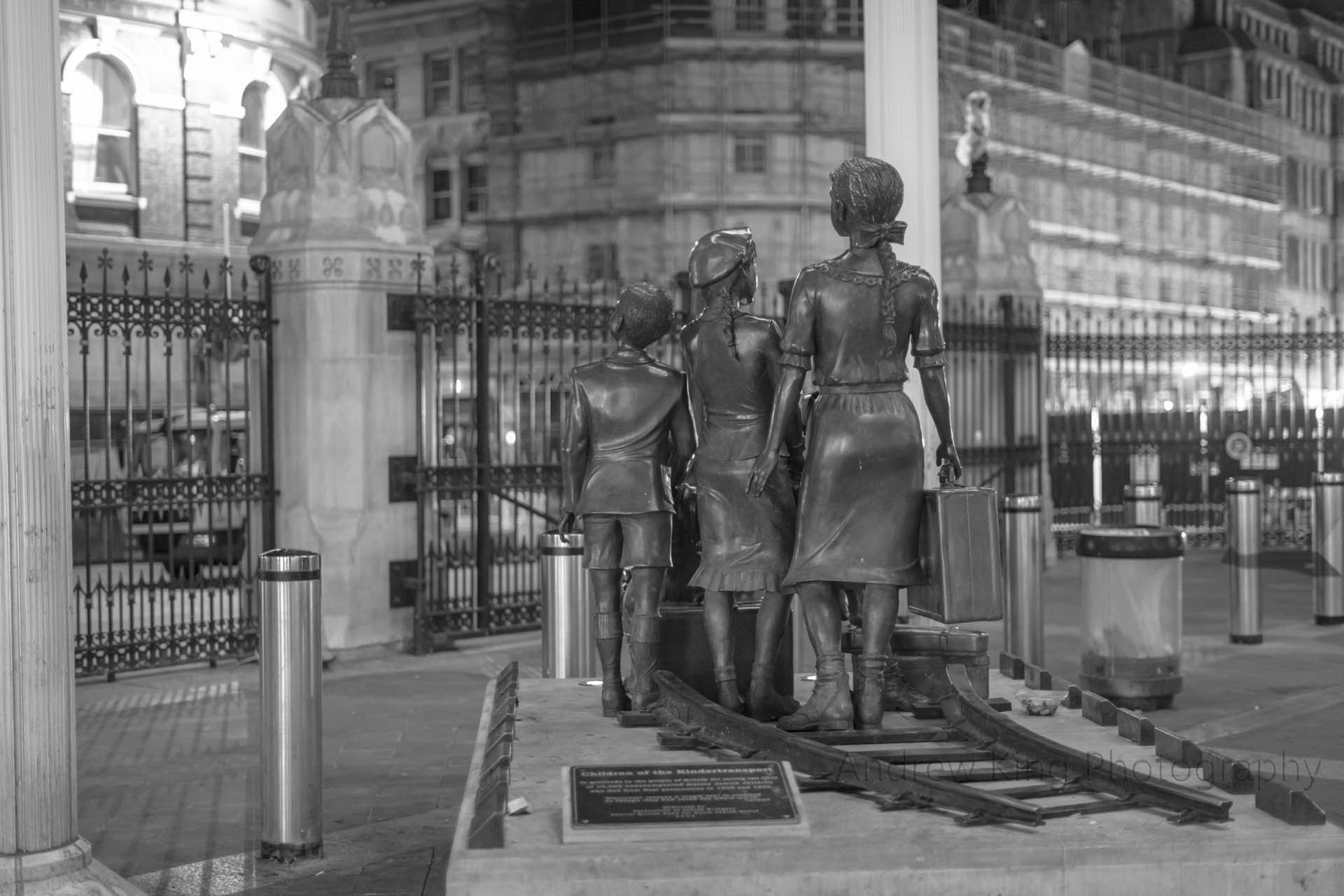
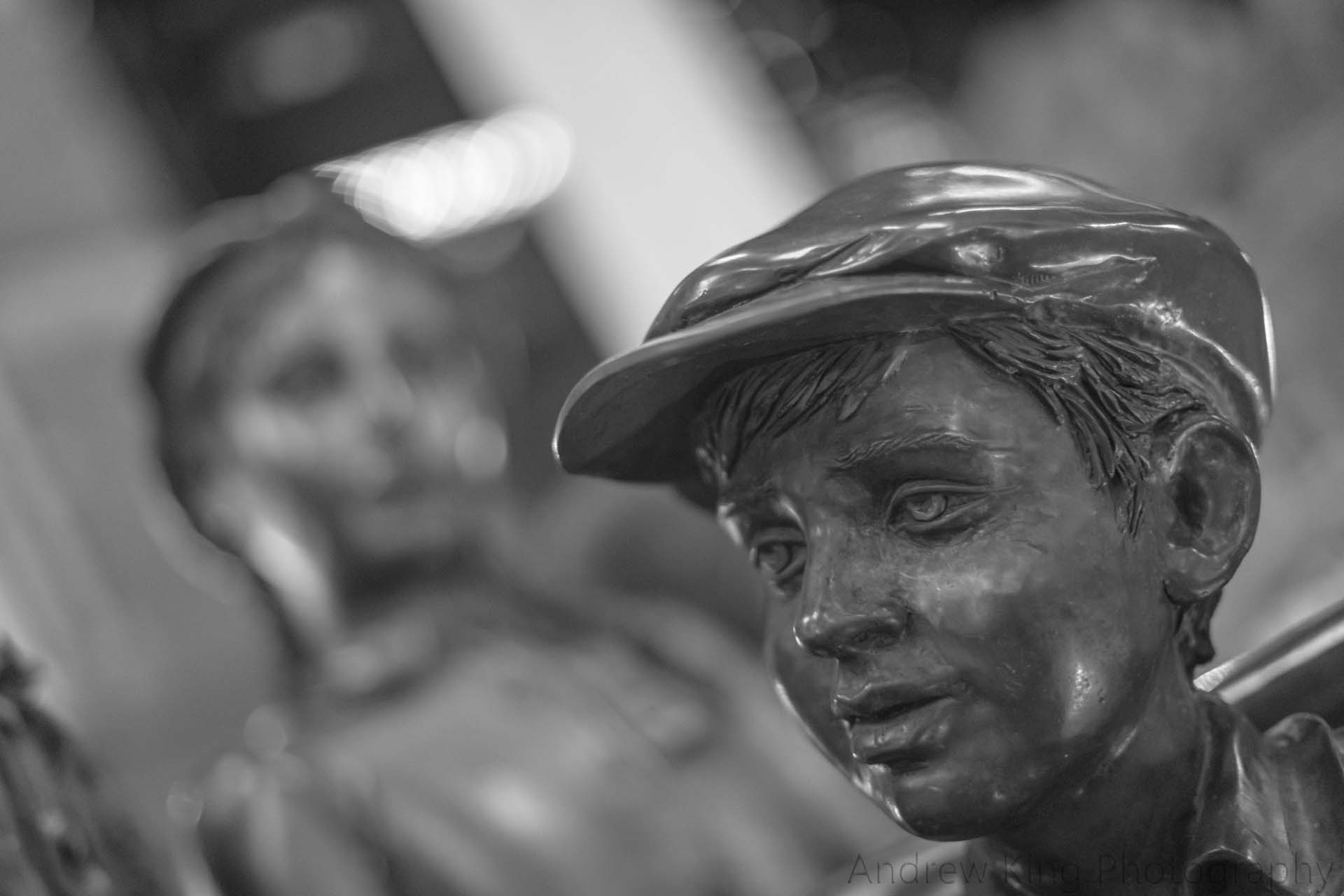
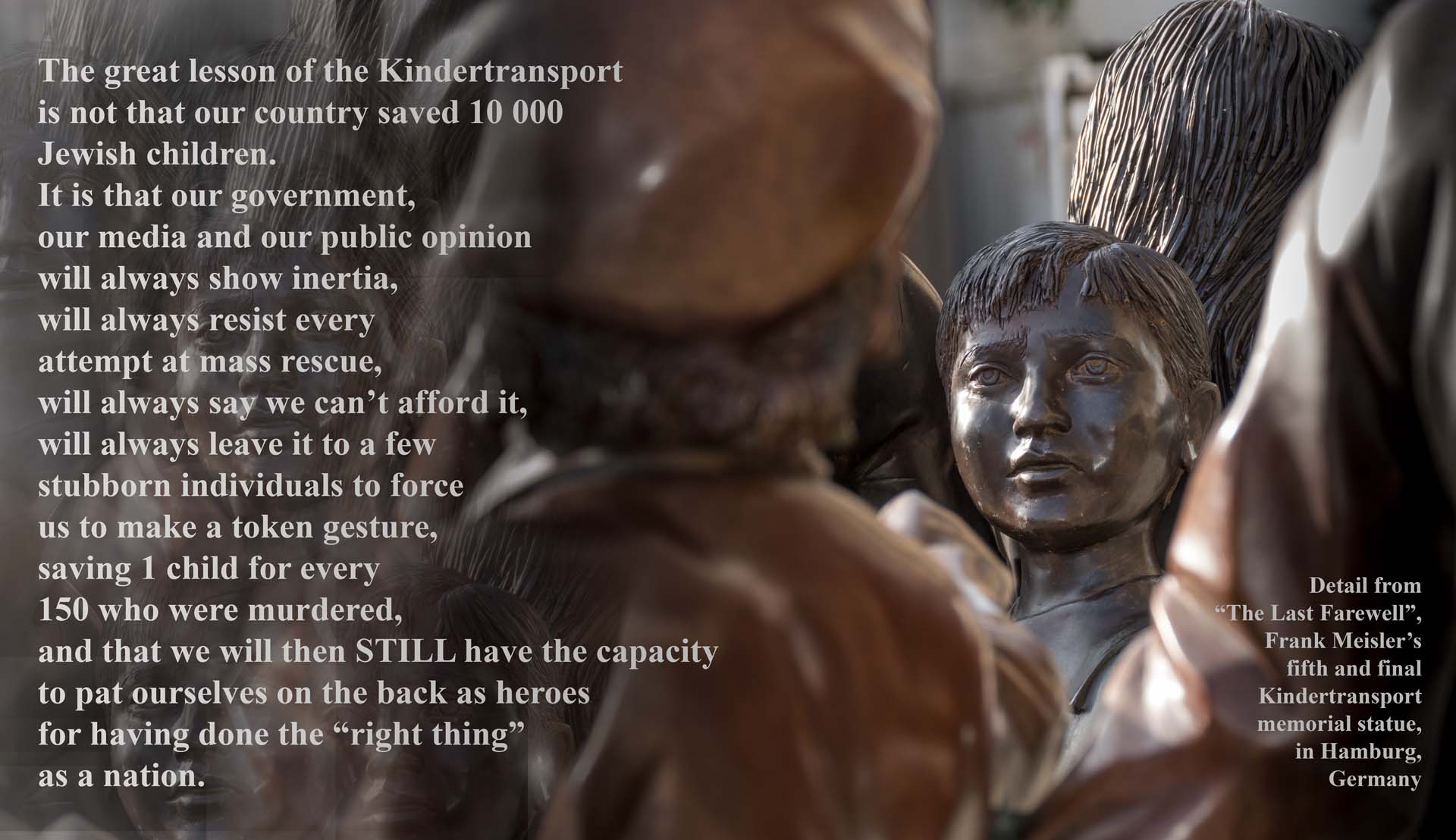
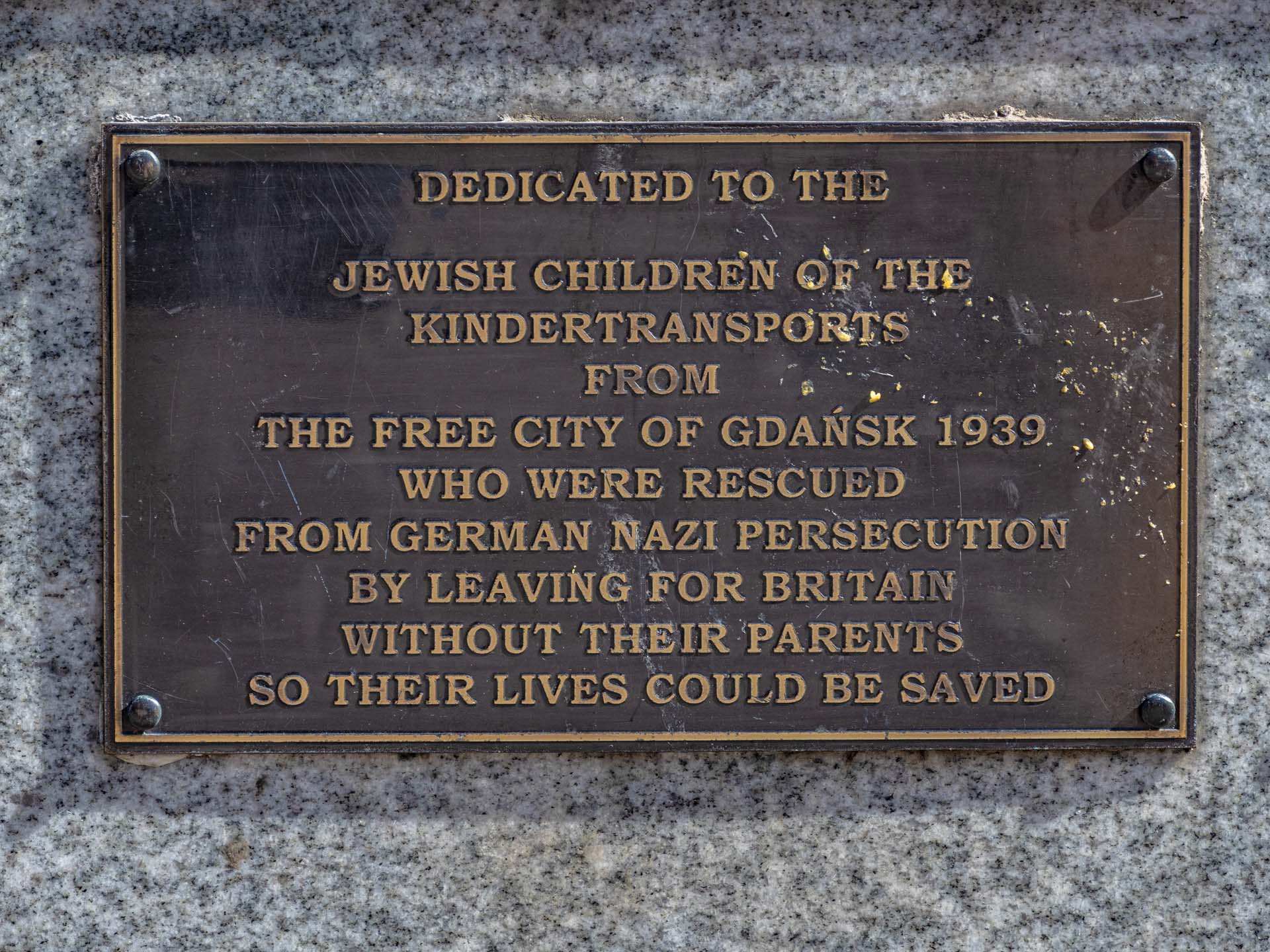
Dear Andrew,
Unfortunately you didn’t seem to have asked FranK Meisler the special meaning of the statues in Berlin and Hamburg. They consist both of 2 groups of children standing back to back and this is neither explained in the plaques that are attached to the statues. I interprete this as follows: The smaller group of children are the ones who are fortunate enough to take the train on their way to freedom and the bigger group are the one who are forced to take the train to the concentration camps. I have added this interpretation to the Dutch, English and German wikipedia pages on Frank Meisler.
In Hoek van Holland the newspaper ‘De Rotterdammer’ of 11 November 1938 is depicted next to the sitting boy, with the messages ‘The admission of German Jewish children’ and ‘Thousands of Jews must leave Germany’.
Unfortunately I cannot find any source that confirms my interpretation. And even Marit Meisler, with whom I emailed, cannot say whether her father meant the sculptures to be explained in this way.
With kind regards,
Jan Smits
Dear Jan
Thank you for your comment. I think that the meaning of the Berlin and Hamburg sculptures is wonderfully conveyed by the statues themselves. The appalling pain of partings, and the evil madness of one child being saved while thousands perished, is there for all to see.
What I didn’t know was that the Berlin statue was originally visualised by Frank as one group of children heading to life. The city (possibly National, I don’t know) authorities rejected it as “looking like children going on a picnic” and insisted that the dark side also be shown – hence the two groups in Berlin and (later) in Hamburg, where the metal colour heightens the contrast even more. I received this information (I think) from Dr Amy Williams. It certainly accords with the very laudable concern of the German government to always tell the truth as it is about this dreadful history.
Best wishes
Andrew
Hi Andrew
Thanks for this moving blog. I am travelling soon from Dresden to the Hook of Holland and then by boat to Harwich. You mention that we need to walk from the train station to the statue at Hook of Holland. How much time do I need to allow to walk there and back to the ferry?
Sandra
Hi Sandra
Thank you for commenting and for your kind words.
It really isn’t very far – not much more than a ferry length or two, I would guess. If you look for “Kindertransport – Channel Crossing to Life”on Google maps you will see the statues in relation to port and station. My only question would be that Google is saying “temporarily closed” re the statues. It would seem that for a large proportion of the time since our journey, one or more of the statue groups has been removed/invisible. I hope that this isn’t the case with the Dutch set.
All the best for your journey – safe travels.
Andrew